Middle East
Jinko Solar is expected to launch several new products during the SNEC exhibition, including the Tiger Neo 2023 series, SunTank residential energy storage system, SunGiga C&I system, Suntera utility system, and BIPV product."

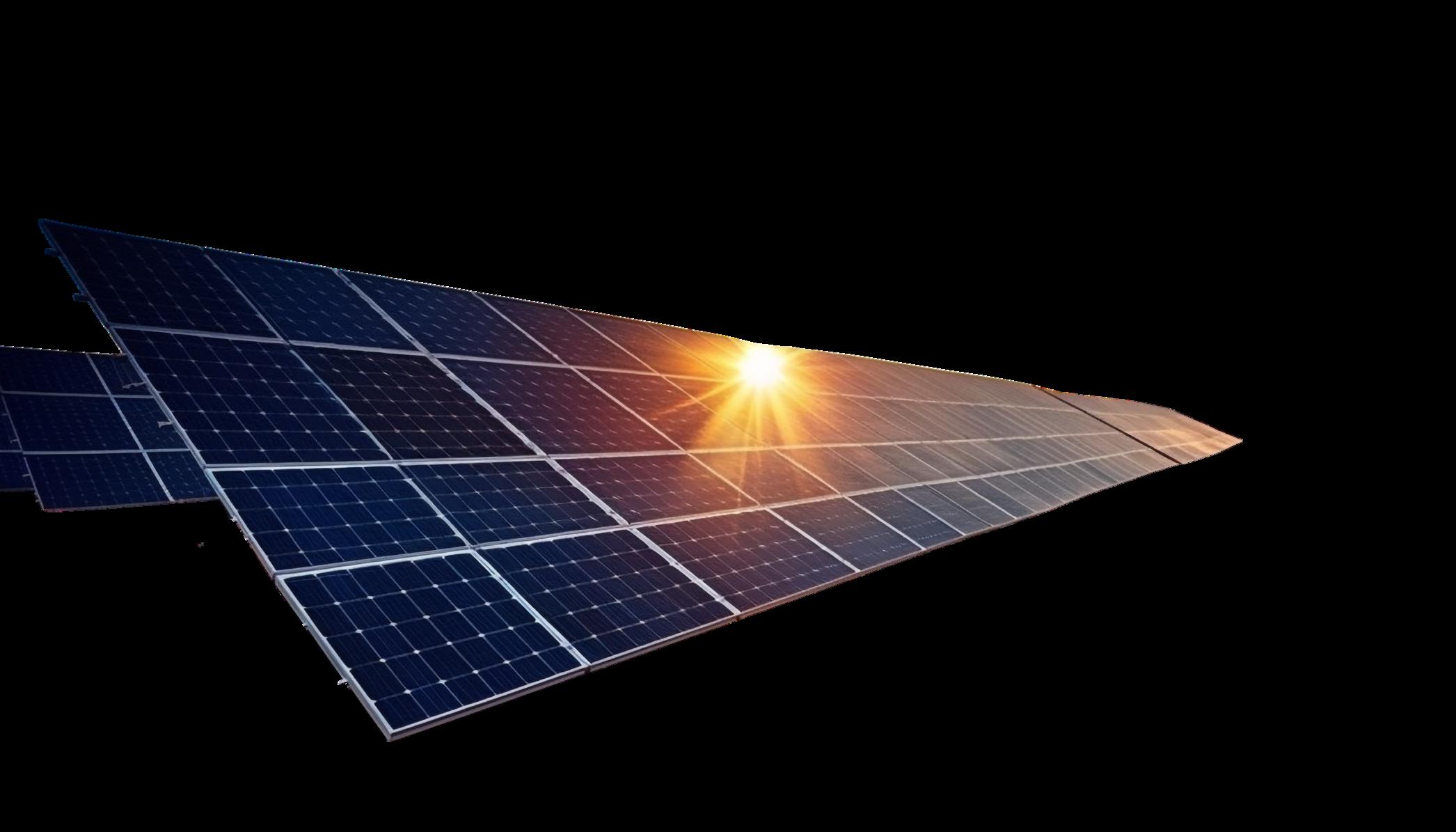
DIGITALIZATION OF A SOLAR PV PROJECT IMPROVED PLANT PERFORMANCE IN THE MIDDLE EAST
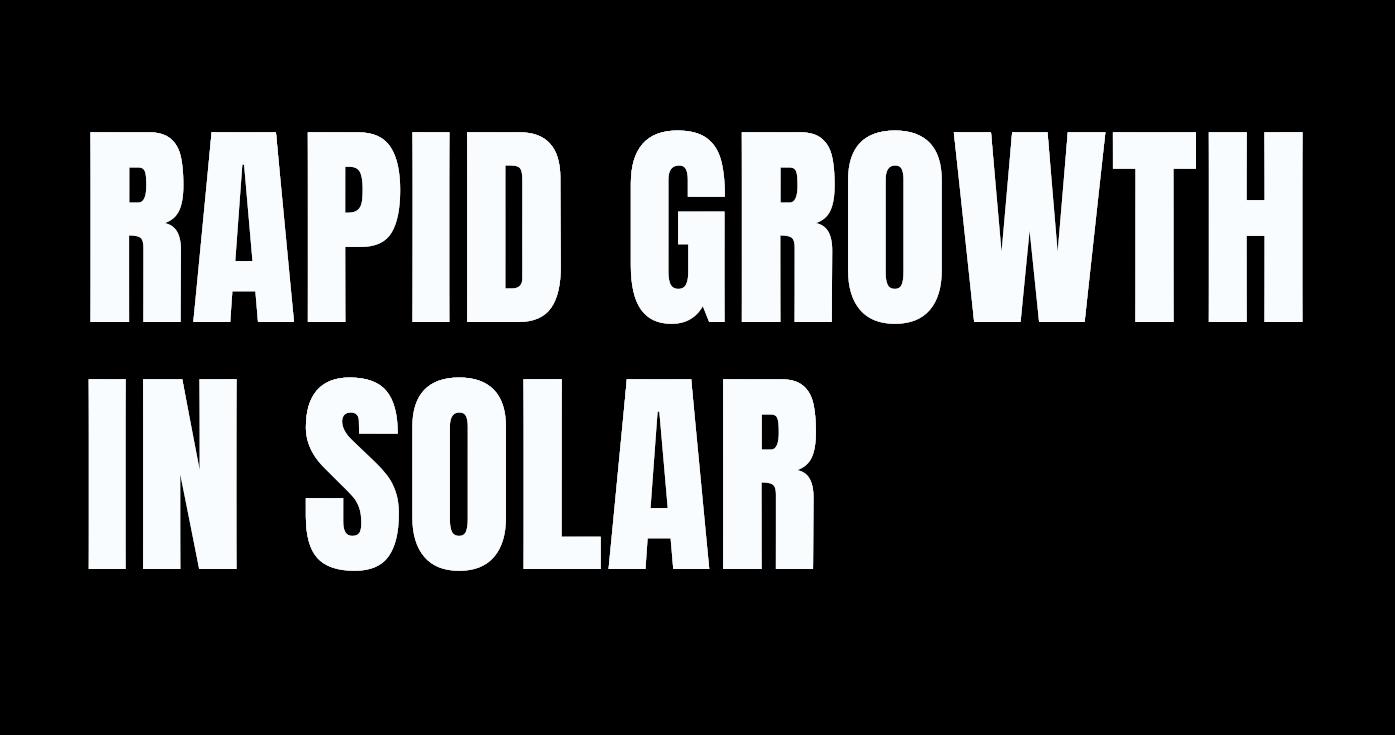
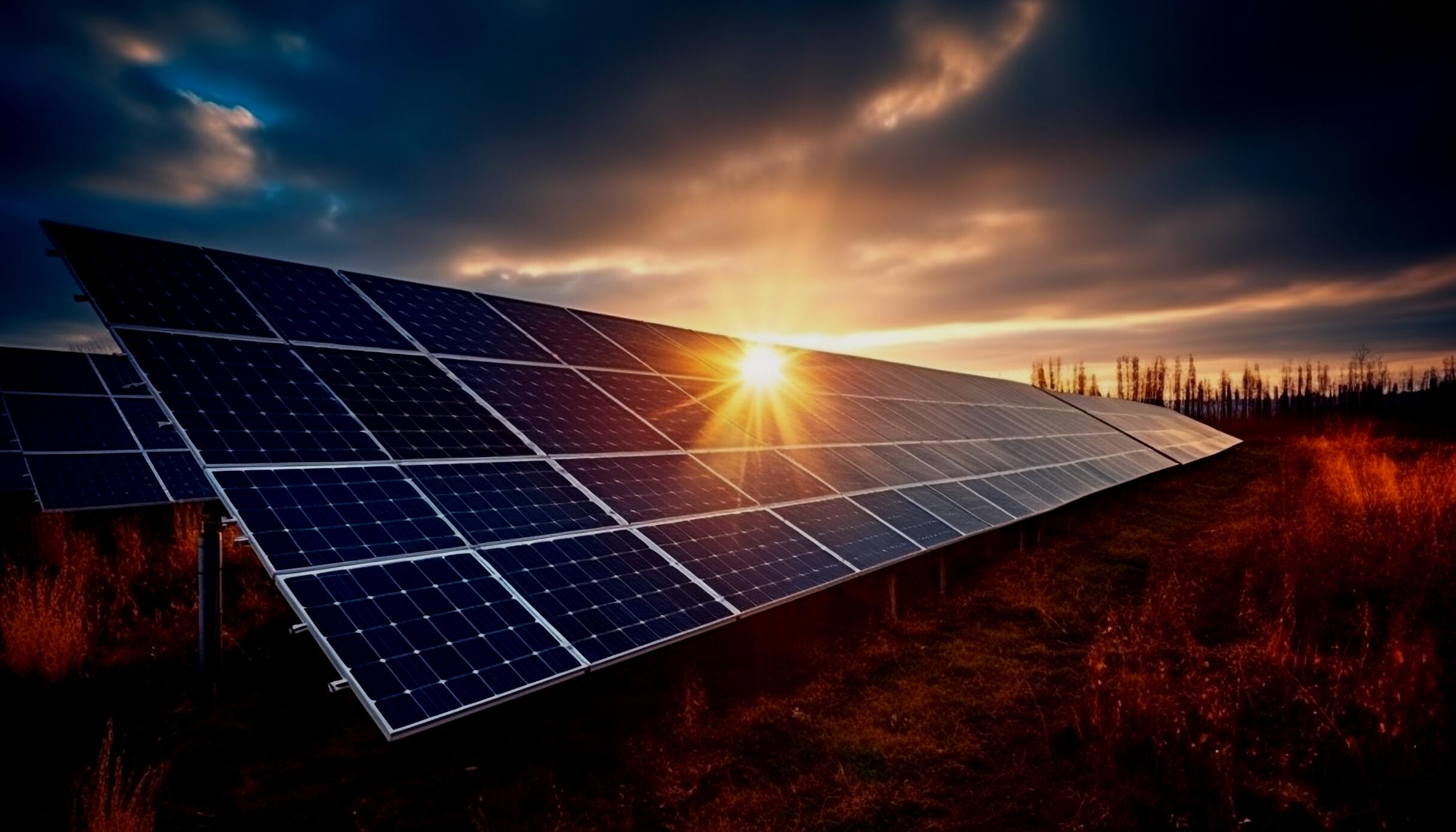
HOW JINKO SOLAR INTRODUCED AN ENERGY STORAGE SOLUTION THAT MATCHES THE C&I MENA MARKET NEEDS
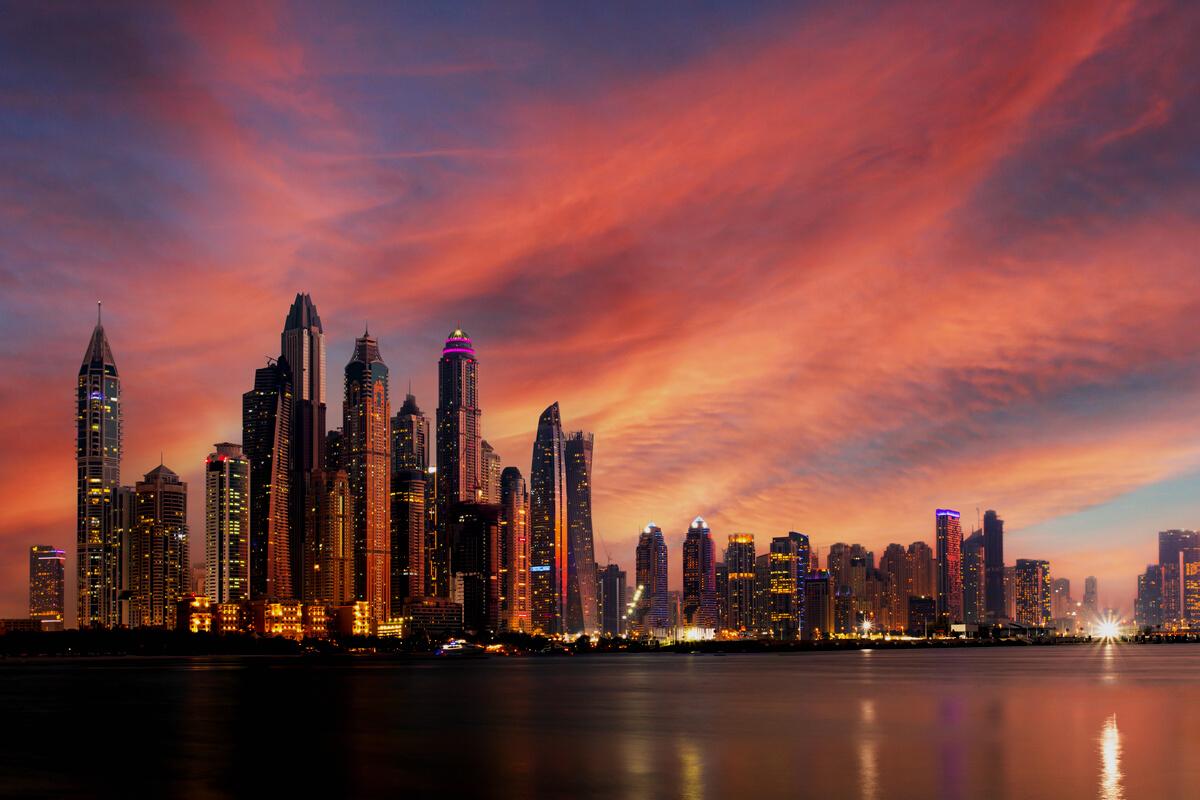
OPINION KNOW MORE INSIDE

Empowering, Insightful, Engaging VOL 3 | ISSUE 2 | MAR-APR 2023
ﺔﻛرﺎﺸﻤﻟا،ﺔﺒﻗﺎﺜﻟا،ﻦﻴﻜﻤﺘﻟا
Large-Scale Solar In The Middle East
General Manager MENA, Jinko Solar
COVER STORY

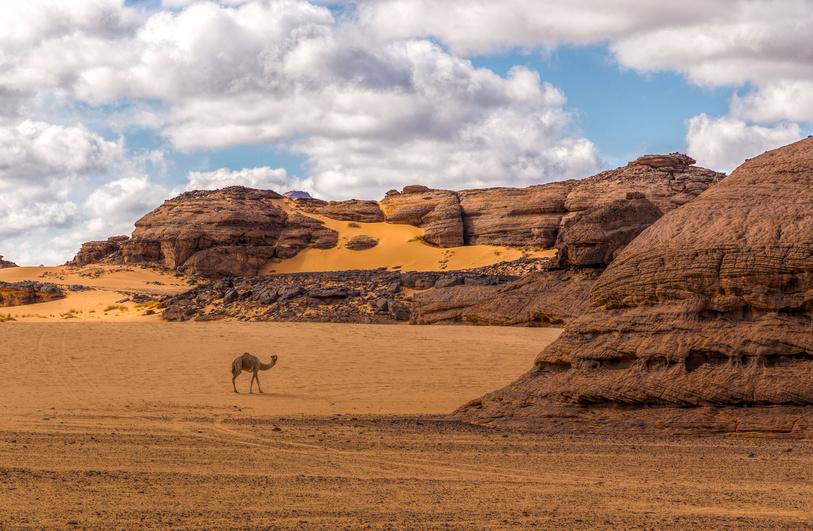
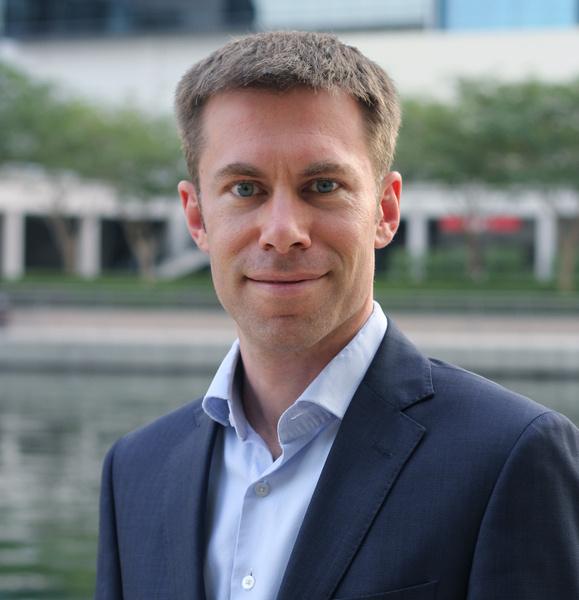


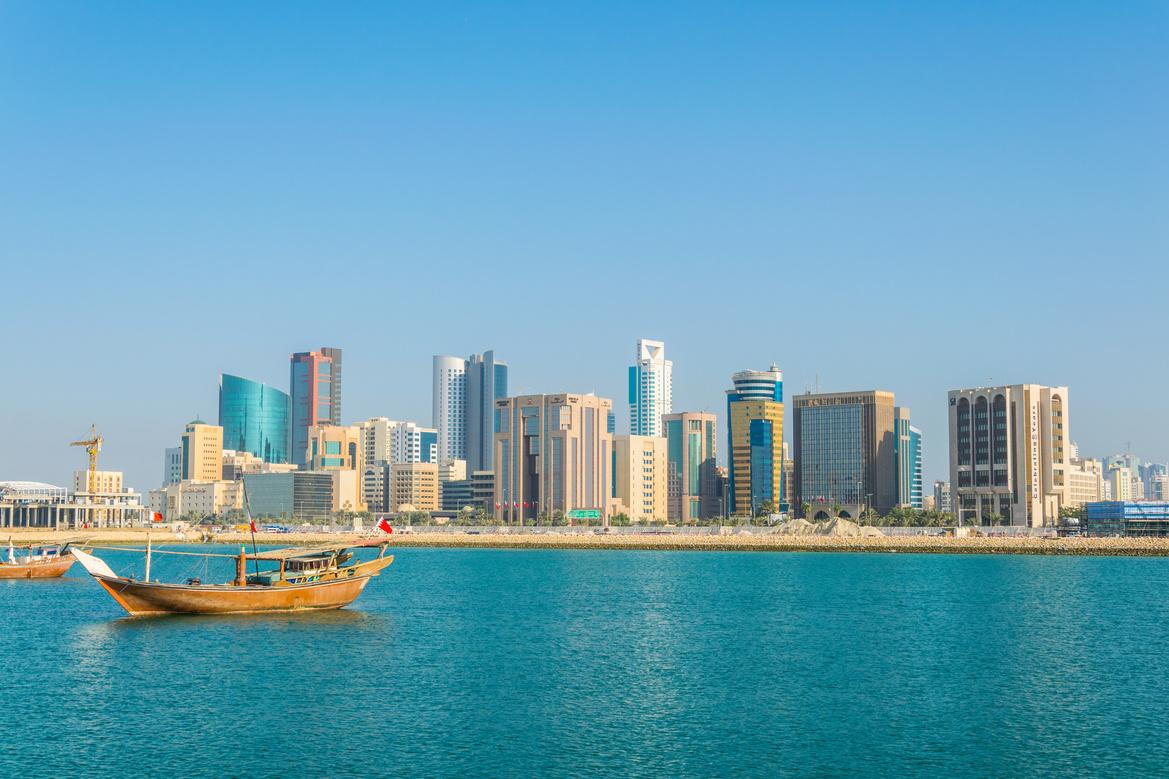








CONTENT IN CONVERSATION 05 MIDDLE EAST NEWS NEWS Sheenam Arora Mohan Gupta editorial@firstviewgroup.com EDITING Firstview Media Ventures Pvt. Ltd. PUBLISHING Sadhana Shenvekar Mohan Gupta publishing@firstviewgroup.com CONTENT Neha Barangali Radha Buddhadev design@firstviewgroup com DESIGNING Smriti Charan Andrew Ferreira advertise@firstviewgroup.com ADVERTISING Sadhana Raju Shenvekar CIRCULATION SUBCRIPTION subscribe@firstviewgroup.com ADVERTISE WITH US Contact: Smriti Charan e: smriti@firstviewgroup com 17 SUNGROW 19 SUNPURE SOLARQUARTER RESEARCH PROJECT FEATURE 04 26 16 28 COVER STORY CURRENT AFFAIRS TECH STORY MARKET RESEARCH 20 DANIEL ZYWIETZ Founder & CEO, Enerwhere 24 AYHAM MKALALATI Operations Director, EDF Renewables 22 JOSE BARRAGAN Vice President, Renewables Technical Services- ACWA Power 13 Jinko Solar 18 SUNPURE PRODUCT FEATURE COMPANY FEATURE 15 OPINION GREEN HYDROGEN OUTLOOK IN THE MIDDLE EAST FEATURED INTERVIEW 12 ROBIN XIANG LI General Manager MENA, Jinko Solar 14 MRS SINU PAPPAN (Assistant General Manager - Middle East) Powernsun KNOWLEDGE BYTES 27 29 Middle Eastern Commercial Space's Electricity Bill Is Reduced By Solar Rooftop Use Of DG For Electricity Generation In The Middle East Is Eliminated Or Reduced Thanks To Solar PV Systems

WHY ADVERTISE WITH US? GET YOUR DOSE OF LATEST INSIGHTS FROM SOLAR ENERGY INDUSTRY. HIGHEST CIRCULATION & READERSHIP BEST PRODUCT LAYOUT RESEARCHED EDITORIAL AND CONTENT MOST READ BY KEY DECISION MAKERS TRUSTED BY OVER 200+ SOLAR SECTOR BRANDS FROM ACROSS THE GLOBE FOR ADVERTISING OPPORTUNITY: advertise@firstviewgroup.com SUBSCRIBE NOW! https://solarquarter.com/solar-quartermagazine-subscription/
LARGE-SCALE SOLAR IN THE MIDDLE EAST CAN HELP ACHIEVE
The Middle East has an abundance of sunshine, making it an ideal location for large-scale solar projects Several countries in the region have already begun to invest in solar energy, with many more expected to do so in the coming years.
Large-scale solar projects in the Middle East have the potential to meet a large portion of the region's energy demand with renewable sources The Middle East region has some of the world's highest levels of solar irradiation, making it an ideal location for large-scale solar power plants.
Several Middle Eastern countries have already made significant progress in developing large-scale solar projects For example, with a capacity of 1 177 GW, the Noor Abu Dhabi project in the United Arab Emirates is currently the world's largest single-site solar project Similarly, the Mohammed bin Rashid Al Maktoum Solar Park in Dubai aims to have a total capacity of 5 GW by 2030 The Mohammed bin Rashid Al Maktoum Solar Park in Dubai, which aims to have a total capacity of 5 GW by 2030, is one of the region's most significant projects. The first phase of the project, with a capacity of 13 MW, was completed in 2013
The second phase, which was completed in 2017, has a capacity of 200 MW, and the third phase, which completes in 2020, had a capacity of 800 MW
The advantages of large-scale solar projects in the Middle East go beyond simply meeting the region's energy needs with renewable sources These projects can also generate jobs, promote technological innovation, help reduce carbon emissions, and address climate change
Financing, regulatory frameworks, and grid integration are some of the challenges to developing large-scale solar projects in the Middle East
Nonetheless, with the right policies and investments, the region's solar power potential can be fully realized, contributing to long-term economic growth and energy security
Saudi Arabia is also investing heavily in solar energy, with 58 7 GW of solar capacity planned by 2030 The Sakaka Solar Plant, the country's first utility-scale solar project, has a capacity of 300 MW and was completed in 2019

Other countries with significant solar projects in the region include:
United Arab Emirates: In addition to the Mohammed bin Rashid Al Maktoum Solar Park, the UAE has several other solar projects, including the 1.2 GW Noor Abu Dhabi Solar Plant
Jordan: The Quweira Solar Power Plant, with a capacity of 200 MW, is the country's largest solar project
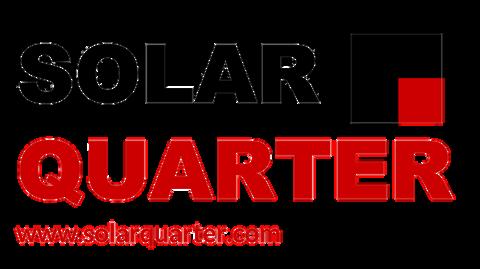
Egypt's largest solar project, with a capacity of 1 8 GW, is the Benban Solar Park
Oman: The Amin Solar PV Plant, the country's first utility-scale solar project, has a capacity of 100 MW and is scheduled to be completed in 2020
The Middle East region is known for its vast oil and gas reserves, but there has been a growing interest in developing large-scale solar projects in recent years as a way to diversify the region's energy mix and reduce reliance on fossil fuels
Several Middle Eastern countries, including Saudi Arabia, the United Arab Emirates, and Jordan, have announced large-scale solar project development plans. These are typically concentrated solar power (CSP) plants that focus sunlight through mirrors or lenses onto a central receiver, which then converts the heat into electricity
The Noor Complex in Morocco, which has a capacity of 580 MW and serves over a million people, is one of the world's largest CSP plants. The 700 MW (fourth phase) Mohammed bin Rashid Al Maktoum Solar Park in the United Arab Emirates is currently under construction and will be one of the world's largest solar parks when completed
Large-scale solar projects in the Middle East face some challenges, such as dust and sandstorms, which can reduce solar panel efficiency, and the need for significant amounts of water for the projects Many countries in the region, however, have taken steps to address these challenges by investing in new technologies and developing policies to encourage the development of renewable energy
In the Middle East, both large-scale and rooftop solar projects have advantages and disadvantages, and which to develop depends on a variety of factors such as project goals, available resources, and regulatory frameworks

When compared to rooftop solar projects, large-scale solar projects, such as solar farms and power plants, can generate electricity at a lower cost per unit Large-scale projects benefit from economies of scale because they can make bulk purchases and use standardized designs to cut costs. Furthermore, large-scale projects can produce more energy and contribute significantly to meeting the region's energy demand Rooftop solar projects, on the other hand, particularly for residential and commercial buildings, can be more accessible and easier to install because they require less space and less complicated engineering than large-scale projects Rooftop solar projects can also help individuals and businesses save money on their energy bills, and excess electricity generated can be sold back to the grid, creating new revenue streams.
In addition, there are regulatory and financial distinctions between the two types of solar projects Large-scale solar projects are frequently subject to government regulations and necessitate substantial investment, whereas rooftop solar projects may be subject to different regulations and necessitate less initial investment
Overall, both large-scale and rooftop solar projects can contribute to the Middle East's renewable energy goals, and which to develop is determined by a variety of factors such as project goals, available resources, and regulatory frameworks Large-scale solar project development in the Middle East represents an important step towards a more sustainable energy future for the region and the world as a whole.
COVER STORY
MAR-APR Issue 2023 | Pg 04 MiddleEast
MIDDLE EAST NEWS
BUZZ >
SOLAR WADI AND TAMANI GLOBAL TO BUILD 5 MWP SOLAR PV PLANT AT MALL OF MUSCAT
INSIGHT >
GE AND ECOGREEN ENERGY TO BUILD SOLAR PROJECT IN TURKEY

GE announces that it has been selected by Ecogreen Energy to deliver its FLEXINVERTER Solar Power Station technology for the 130 MWp, 100 MWac Nigde Bor Solar power plant to be built in Nigde, Turkey The scope of work includes the design, engineering, procurement, and commissioning of the Solar Power Station
DETAIL >
NAFATH RENEWABLE ENERGY AND SOLAR WADI TO DEVELOP 30 MWP SOLAR PV PROJECTS IN OMAN

Nafath Renewable Energy and Solar Wadi, both based in Muscat, signed a framework deal during Oman Sustainability Week (OSW), both agreed to collaborate in the EPC of a portfolio of private-wire solar PV plants with an aggregate capacity of approximately 30 MWp Solar Wadi stated in a blog post that “this is the first of a series of 25-30 MWp portfolios projects planned as part of this collaboration between our Omani companies to service the Commercial & Industrial sectors within Oman ”
LATEST>
MAJID AL FUTTAIM AND YELLOW DOOR ENERGY PARTNER TO LAUNCH A 6.2MW SOLAR PLANT AT THE BAHRAIN MALL
Majid Al Futtaim is the world’s leading opping center, community, retail, and sure innovator in the Middle East, ica, and Asia A 6 2 MWp solar power nt was inaugurated by Yellow Door ergy at The Bahrain Mall It is operated Carrefour Bahrain

INDUSTRY >
ACWA POWER SIGNS AGREEMENTS FOR 1.4 GW SOLAR PV AND 1.5 GWH BATTERY STORAGE CAPACITY PROJECTS IN UZBEKISTAN
The agreements include the development of three solar PV projects in Tashkent and Samarkand and three BESS in Tashkent, Bukhara, and Samarkand, with a total capacity of 1.4 GW of additional renewable energy and 1 5 GWh of additional battery storage capacity The Tashkent projects will include a 400 MW PV plant and 500 MWh BESS, while two 500 MW PV projects each and a 500 MWh BESS will be developed in Samarkand Another 500 MWh BESS will be located in Bukhara, and the project will include overhead transmission lines to help dispatch power to the grid

S
MAR-APR Issue 2023 | Pg 05 Middle East
QATAR TO CONSTRUCT TWO ADDITIONAL SOLAR POWER PLANTS WITH A COMBINED CAPACITY OF 880 MW

Qatar will soon have two additional solar power plants that can produce 880 MW, within the next 2 years This is part of Qatar’s plan for transitioning to clean energy KSPP was the first solar power station in Qatar and will soon be followed by a Mesaieed power plant with a capacity of 410 MW, and a Ras Laffan power plant with a maximum of 470 MW.



EMERGE AND MIRAL INAUGURATES ABU DHABI’S LARGEST ROOFTOP SOLAR PROJECT OF 7 MWP AT WARNER BROS. WORLD ABU DHABI
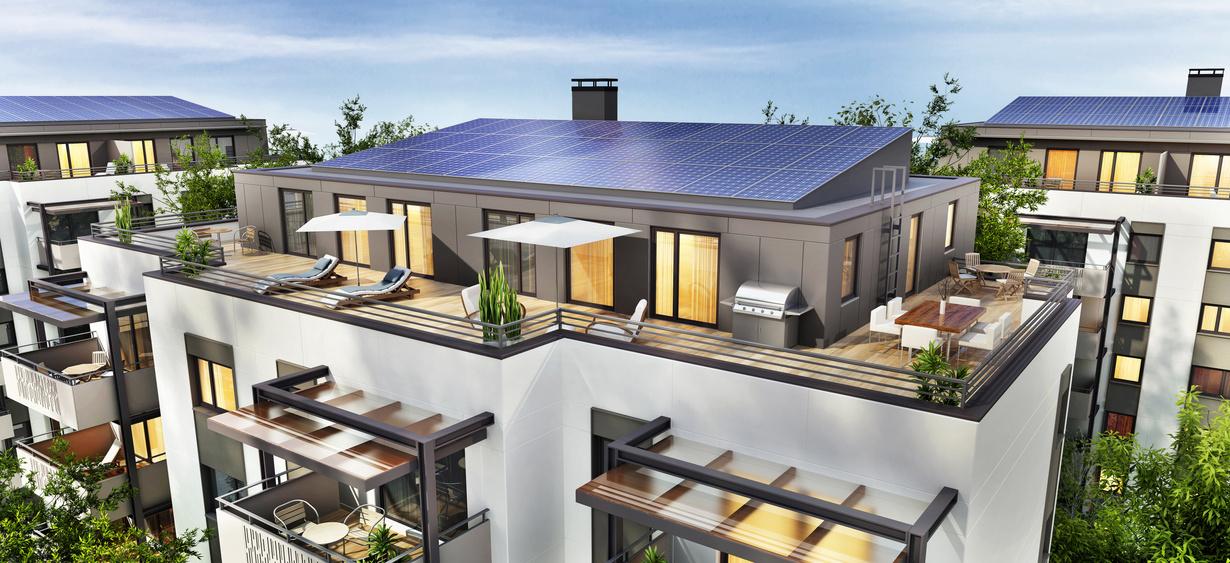
Emerge, a joint venture between Masdar EDF, and Miral, Abu Dhabi’s leading creato immersive destinations and experiences, have inaugurated the 7 MWp rooftops solar PV project at Warner Bros World™ Abu Dhabi on Yas Island, making it the largest rooftop solar project in the UAE capital
INSIGHT > BUZZ >
Masdar signed an agreement with the Ministry of Mining, Petroleum, and Energy for the Republic of Côte d’Ivoire to explore the development of a solar power plant with a capacity of up to 70 MWp Masdar, one of the world’s leading clean energy companies, has signed an agreement with the Ministry of Mining, Petroleum, and Energy for the Republic of Côte d’Ivoire to explore the development of a solar power plant with a capacity of up to 70 megawatts (MW)
SIRAJPOWER COMPLETES SECOND PHASE OF SOLAR INSTALLATION FOR AL BARAKAH DATES FACTORY LLC
Sower completed the second phase of solar on for Al Barakah Dates Factory LLC, one of its d clients. The completion of the solar rooftop as led to Al Barakah Dates’ facility in Dubai al City is fully powered by solar energy, helping the y to reduce its carbon footprint and shift towards a stainable energy model
CW ENERJI COMPLETES 3323.775 KWP SOLAR POWER PLANT PROJECT IN ŞANLIURFA
CW Enerji has completed the solar power plant (GES) project on the roof of a company operating in Şanlıurfa Within the scope of the project, a solar power plant with a power of 3323 775 kWp was installed on the roof of the company
INDUSTRY >
DETAIL > LATEST>
MASDAR TO SUPPORT CÔTE D’IVOIRE’S CLEAN ENERGY GOALS WITH THE DEVELOPMENT OF UP TO 70 MWP SOLAR POWER PLANT
MAR-APR Issue 2023 | Pg 06 Middle East
MIDDLE EAST NEWS
LULU COLLABORATES WITH
RENEWABLE
FOR SOLAR INSTALLATION PROJECT

LuLu, in collaboration with Kanoo Renewable Energy & CleanMax, aims to produce 0.87 Million kWh of electricity within the first year The solar installation will reduce LuLu Warehouse’s carbon footprint and result in significant energy savings This is a demonstration of LuLu’s commitment to eco-friendliness, ESG, and sustainability.
PROTON VENTURES JOINS DII DESERT ENERGY AND MENA HYDROGEN ALLIANCE TO ACCELERATE GLOBAL ENERGY TRANSITION


Proton Ventures is now an Associated Partner of Dii Desert Energy and a Member of the MENA Hydrogen Alliance Paul Baan, CEO, of Proton Ventures, said, “Proton Ventures is privileged to join the Dii Desert Energy family as Associated Partner. The energy transition is a huge global challenge that cannot be solved by an individual company By partnering with Dii Desert Energy we hope to accelerate the energy transition not only in the MENA region but globally Cornelius Matthes, CEO, of Dii Desert Energy said, “We are pleased to announce that Proton Ventures has joined as an Associated Partner of Dii Desert Energy and a Member of the MENA Hydrogen Alliance
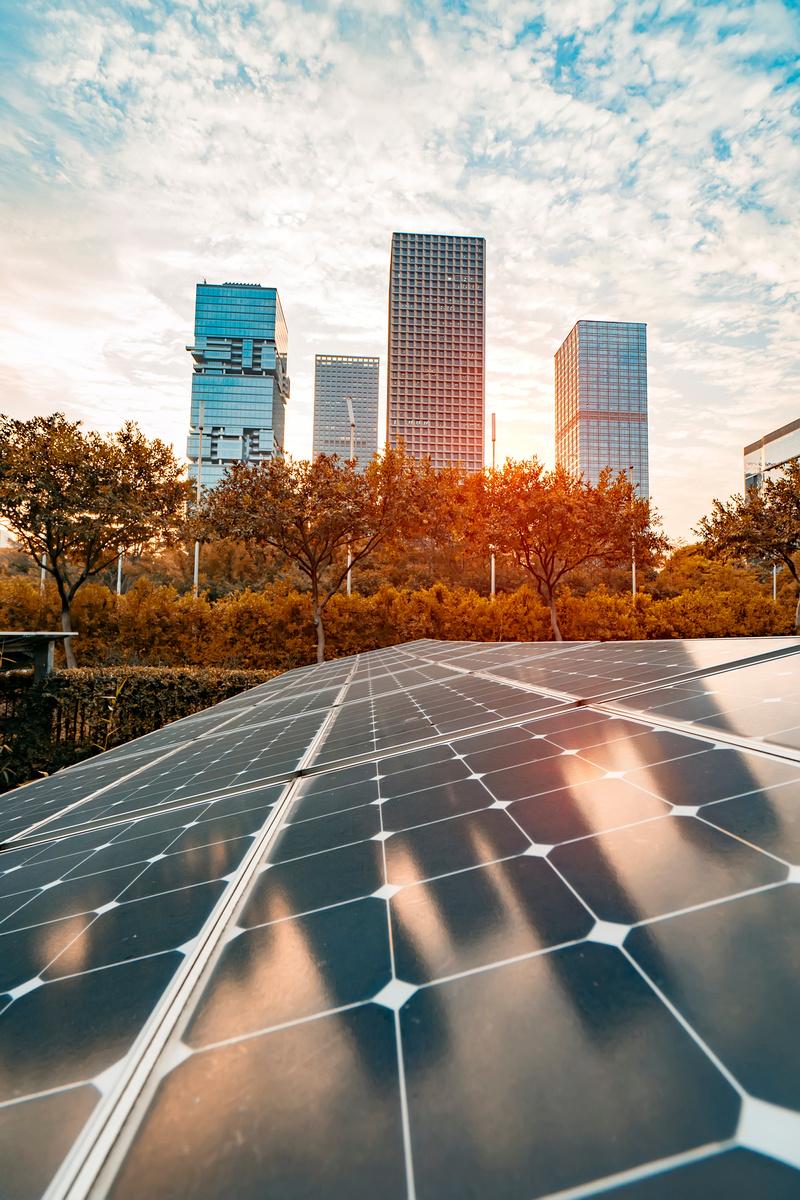
DNV AND PETROJET SIGNS MOU TO
LATEST>
INDUSTRY >
INSIGHT >
KANOO
ENERGY & CLEANMAX
SIRAJPOWER AND GREEN COAST REAL ESTATE PARTNER TO INSTALL SOLAR ROOFTOP AND CARPORT SYSTEM AT UMM RAMOOL FACILITY
BUZZ>
MAR-APR Issue 2023 | Pg 07 Middle East MIDDLE EAST NEWS
HYDROGEN OMAN SIGNS MULTIPLE AGREEMENTS FOR GREEN HYDROGEN PROJECTS IN OMAN
Hydrogen Oman (Hydrom) signs multiple agreements with several developers specializing in green hydrogen projects Hydrom, a subsidiary of Energy Development Oman said that the agreements with Green Hydrogen and Chemicals (ACMEowned), Green Energy Oman, SalalaH2, and Hyport Duqm Consortium covered six projects in the vicinity of Duqm and Salalah ports
CHINA ENERGY TO BEGIN CONSTRUCTION OF

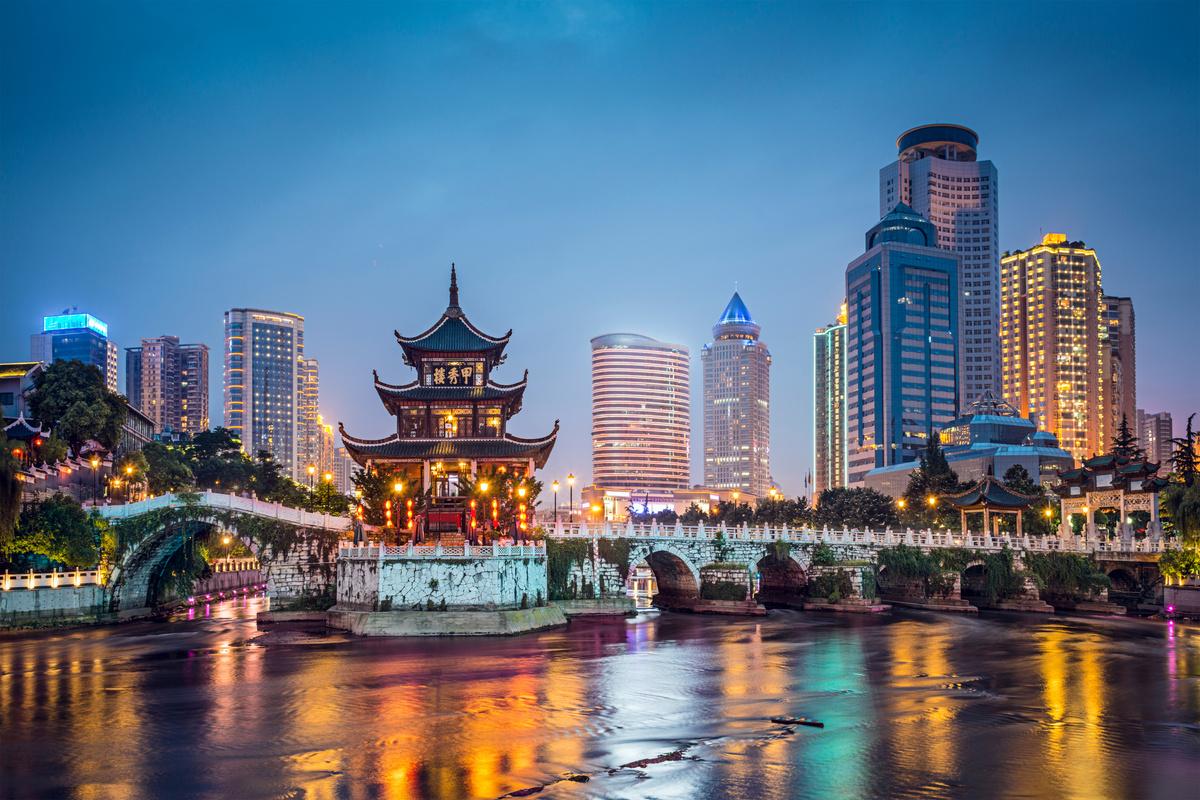
$5.1 BILLION GREEN HYDROGEN PLANT IN MAY 2023
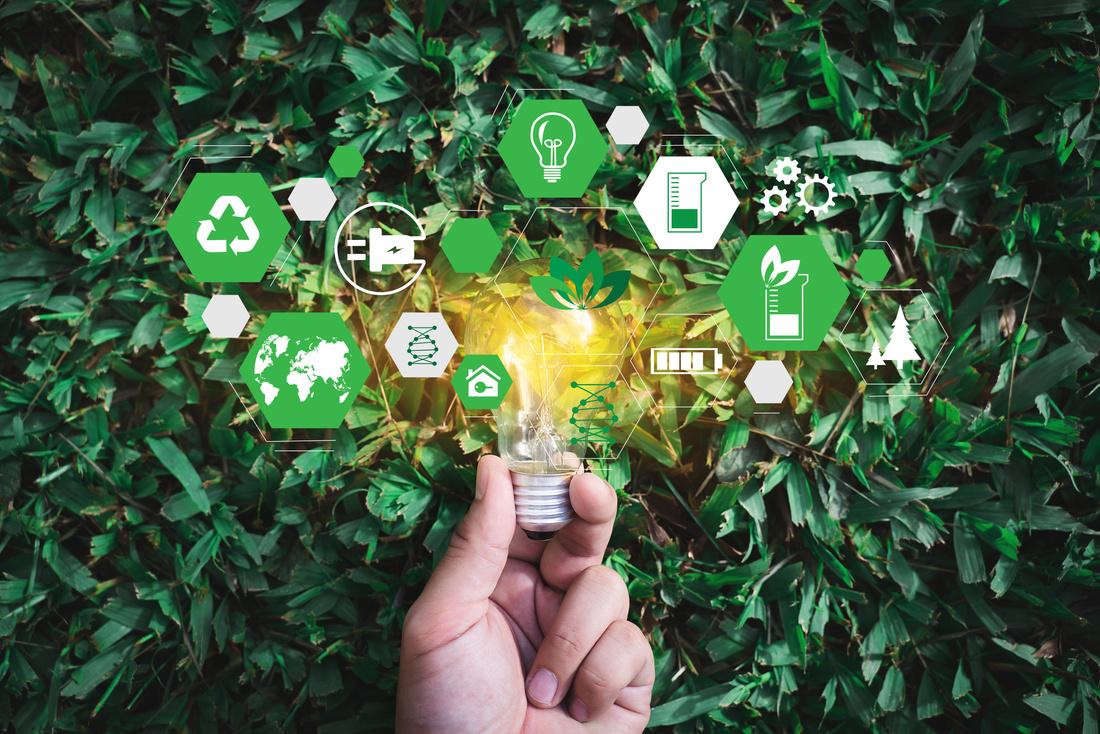
According to a cabinet declaration, China Energy will begin construction of Egypt’s $5 1 billion hydrogen project next May China Energy and Egypt signed an agreement last November, to set up a green hydrogen production plant in Egypt This would allow Egypt to export green ammonia to European markets
BUZZ>
Oman Shell and Oman Airports Management Company made land allocations for Shell’s Green Hydrogen for Mobility Project during Oman Sustainability Week Civil Aviation Authority (CAA), which owns the land, is near Oman International Airport Construction will begin as soon as permits are obtained The station is expected to be operational by 2024 The strategy aims to work with all stakeholders to create a cleaner Oman for future generations. Oman Shell and Green Hydrogen for Mobility Project are important investments in the infrastructure
MARUBENI SIGNS MOU WITH PIF FOR DEVELOPMENT OF CLEAN HYDROGEN PROJECT IN SAUDI ARABIA
Marubeni Corporation signed an MoU with the Public Investment Fund (PIF) to set out a framework for the development of a clean hydrogen project in Saudi Arabia Under the framework of this MOU, Marubeni, and PIF will initially conduct a feasibility study for producing clean hydrogen in Saudi Arabia, to supply clean hydrogen to both domestic and international markets
DETAIL >
Al Fattan Energy, a UAE-based company, and LTechUVC (a Korean renewable energy developer) have joined forces to create a special purpose corporation or SPC The SPC, called ALFATTAN LtechUVC Green Energy, will manage the development of a 200 MW green hydrogen and ammonia facility It is estimated that the project will cost approximately $400 million. The KEZAD (provisional), Abu Dhabi’s largest industrial area, will host the project
INDUSTRY >
LATEST>
EGYPT’S
OMAN SHELL AND OMAN AIRPORTS ALLOCATE LAND FOR GREEN HYDROGEN MOBILITY PROJECT PARTIALLY POWERED BY SOLAR ENERGY
AL FATTAN ENERGY AND LTECHUVC TEAMS UP TO DEVELOP 200 MW GREEN HYDROGEN AND AMMONIA FACILITY IN ABU DHABI
MAR-APR Issue 2023 | Pg 08 Middle East MIDDLE EAST NEWS
BUZZ>
MENA HOLDINGS AND RENEWABLE INNOVATIONS TO COLLABORATE ON GREEN HYDROGEN PRODUCTION AND DISTRIBUTION IN SAUDI ARABIA
Chief Technology Officer at ACME, a renewable energy and green energy developer based in India He said that the Duqm Project will be among the first green ammonia projects when the initial phase becomes operational within the next coming years.
LATEST>
ARABIA DISCUSSES EXPORT OF CLEAN HYDROGEN TO EUROPE WITH NETHERLANDS
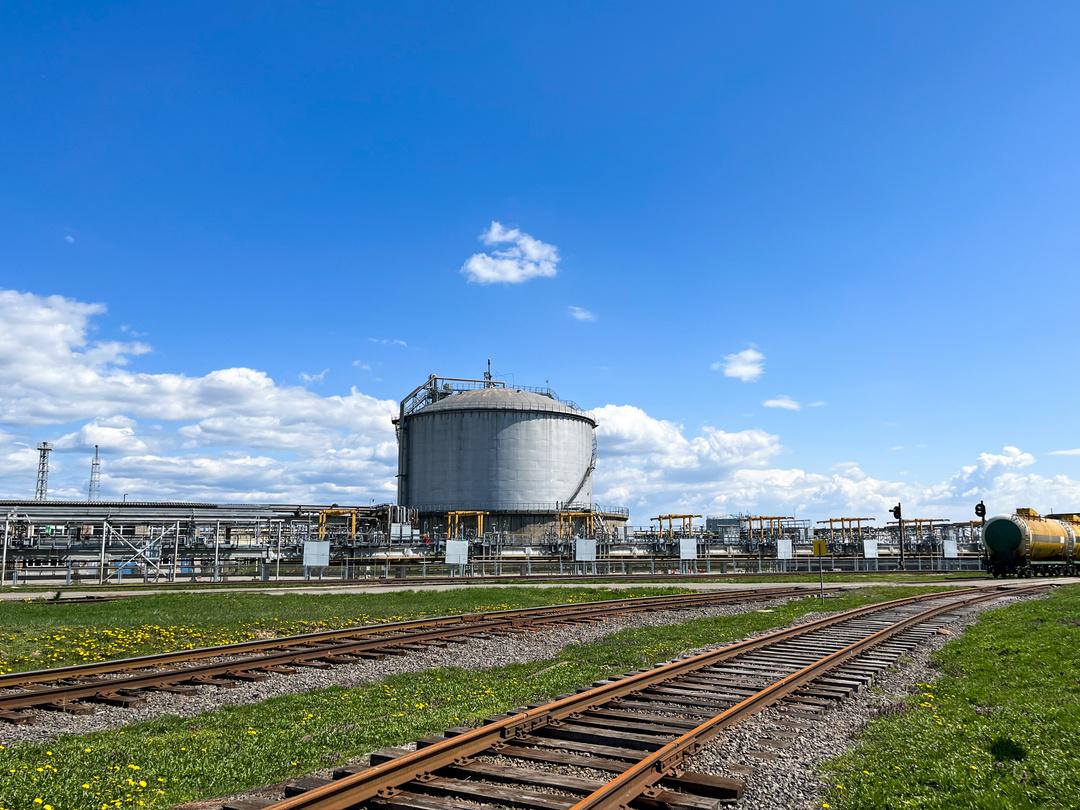
SAUDI
Prince Abdulaziz Bin Salman, the Energy Minister of Saudi Arabia discussed the export of clean hydrogen to Europe with Wopke Hoekstra, the Netherlands’ Minister for Foreign Affairs and Prime Minister. During the meeting, the two sides discussed the relations of cooperation in different energy fields This was especially true in renewable energy and clean hydrogen as Saudi Arabia is aspiring to be a major player in this area
LATEST>

MENA HOLDINGS AND RENEWABLE INNOVATIONS TO COLLABORATE ON GREEN HYDROGEN PRODUCTION AND DISTRIBUTION IN SAUDI ARABIA
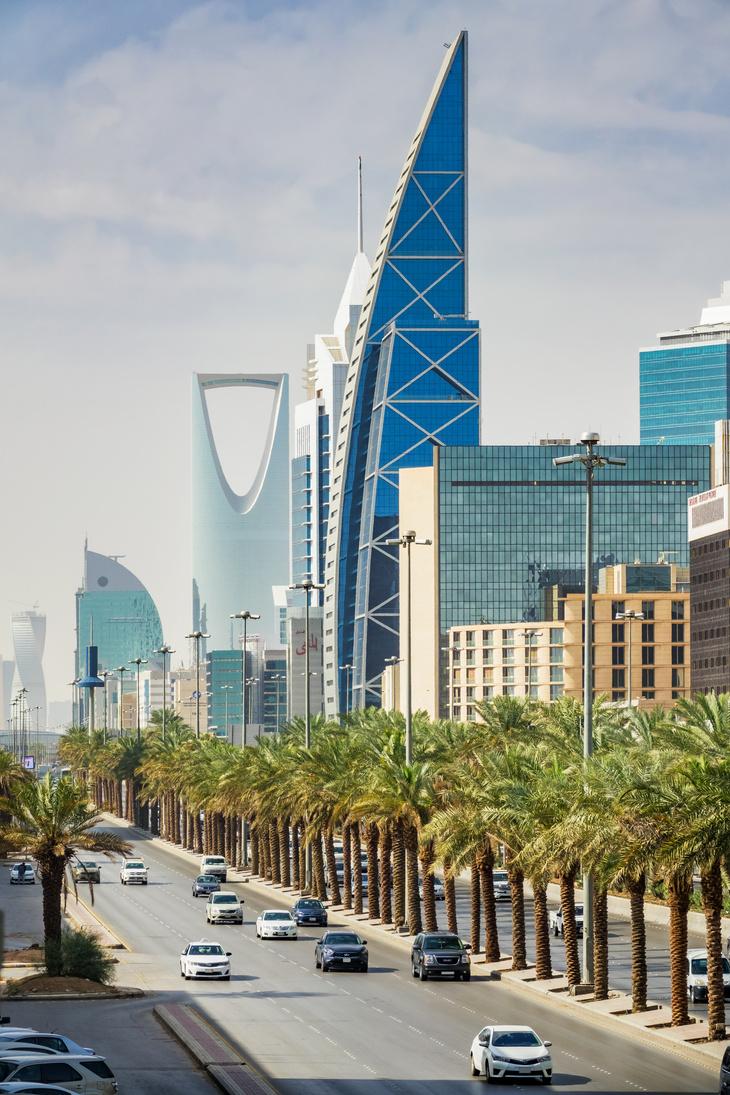
Renewable Innovations, Inc (RI), a leader in the zero-carbon, green solutions alternative fuel industry, announces that it has signed an agreement for the creation of a joint venture with MENA Holdings, LLC to establish an assembly facility in the Kingdom of Saudi Arabia to build hydrogen fuel cell products for distribution in the Middle East and North Africa. MENA has expressed that there is significant interest in hydrogen in the Middle East with substantial funding available for this market Renewable Innovations products are expected to be a source of power generation from this green hydrogen production The MENA Group has over 15 years of ng business in Saudi Arabia
Standard Chartered Bank w Siemens Energy announces issuance of the first Gr Guarantee in Qatar A Gr Guarantee was issued to Q for a Solar Power Project be developed in Qatar It expected that this project play a significant role in Qat national climate change p This plan aims to reduce Qat carbon footprint and increase energy independence T Green instrument supports project’s success and long-t sustainability
INDUSTRY
EBRD PROVIDES UP TO EUR 5 MILLION GREEN LOAN TO ING LEASING TO FINANCE GREEN ECONOMY INVESTMENTS IN TURKEY
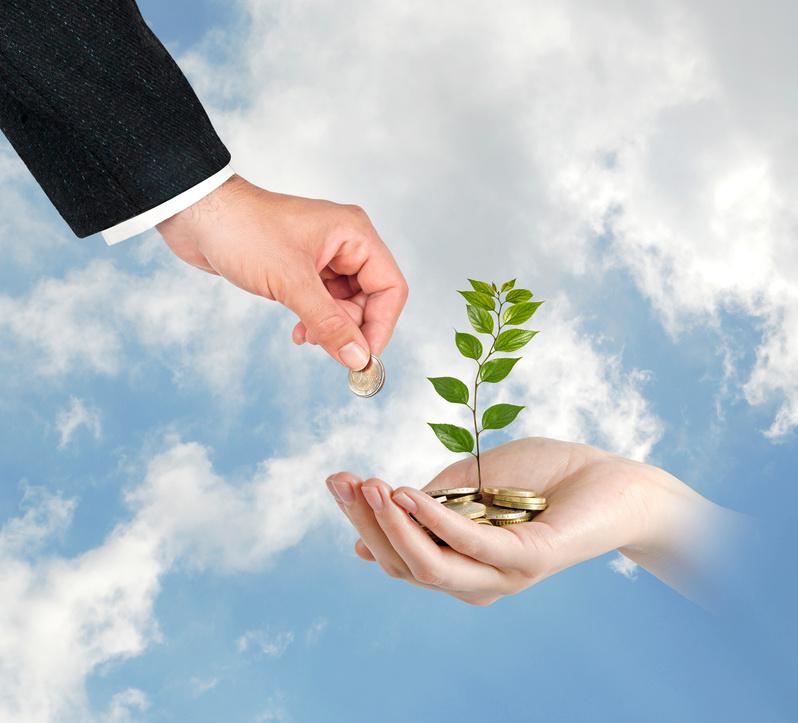
Isal Kiralama A S g) has secured a cured loan of up on ($5 6 million) Green Economy Facility Turkiye m the European construction and nt (EBRD) The e used to finance projects selected chnical, financial, nmental eligibility
per the GEFF y cy Statement
MAR-APR Issue 2023 | Pg 09 Middle East MIDDLE EAST NEWS
EGH SECURES $80 MILLION LOAN FOR FIRST GREEN HYDROGEN FACILITY IN EGYPT FROM EBRD

OPEC FUND SUPPORTS NIGER SOLAR PLANT DEVELOPMENT WITH $25 MILLION LOAN FOR IMPROVED ELECTRICITY ACCESS

The OPEC Fund for International Development (the OPEC Fund) is providing a US$25 million loan in support of the Niger Solar Plant Development and Electricity Access Improvement Project (RANAA), which will scale up electrification and access to renewable energy in the country The OPEC Fund is joining forces with the African Development Bank, Power Africa, the Green Climate Fund, and the Government of Niger for a total financing of US$167 million
gypt Green Hydrogen S A E (EGH) has secured an equity bridge loan of up to USD 80 million to develop and operate the first green hydrogen production facility in Egypt from EBRD The borrower will construct a 100 MW electrolyzer facility to produce green hydrogen, powered by renewable energy, that will substitute the grey hydrogen consumed by the Egyptian Fertilizer Company The green hydrogen will then be used to produce green ammonia, which will be exported to international markets
IFC
IN FIRST GREEN
FC is investing up to $50 million in the five-year bond, issued by leading private sector bank Jordan Kuwait Bank (JKB) The financing comprises up to $36 million from IFC’s account, and a blended finance coinvestment of up to $10 million from the Canada-IFC Blended Climate Finance Program and $4 million from the Dutch-funded MENA Private Sector Development Facility, both implemented by IFC.

NATIONAL BANK OF FUJAIRAH PROVIDES CREDIT FACILITY TO CLEANMAX FOR UAE ROOFTOP SOLAR PORTFOLIO
The National Bank of Fujairah (NBF) announces that it has provided a longterm credit facility to CleanMax for refinancing its rooftop solar portfolio in the UAE The facility will cover 48 different operational rooftop solar assets, located in industrial facilities, malls, schools, and universities.
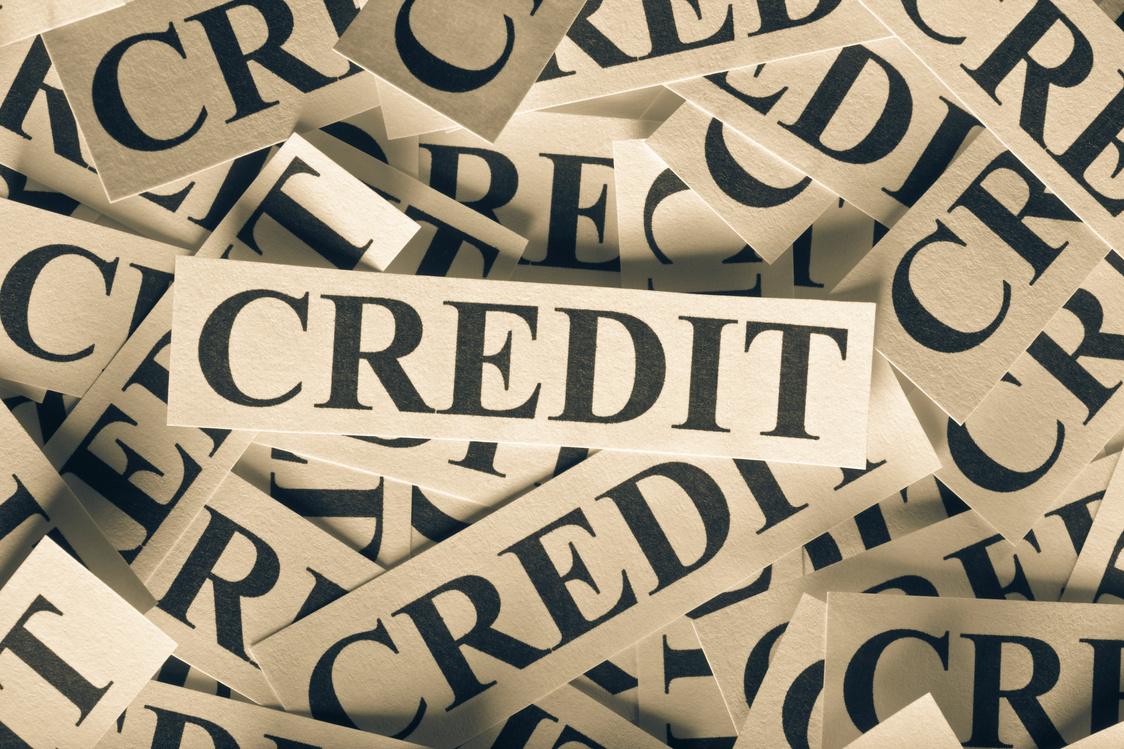
MAR-APR Issue 2023 | Pg 10 Middle East
LATEST>
> E
INSIGHT
I
$ 80
LATEST>
INVESTS
BOND OF $50 MILLION IN JORDAN TO BOOST CLIMATE FINANCE AND SPUR GROWTH
BUZZ>
MIDDLE EAST NEWS
TAQA GROUP SUCCESSFULLY COMPLETES
US$1.5 BILLION DUAL TRANCHE 5YEAR AND 10YEAR BOND OFFERING
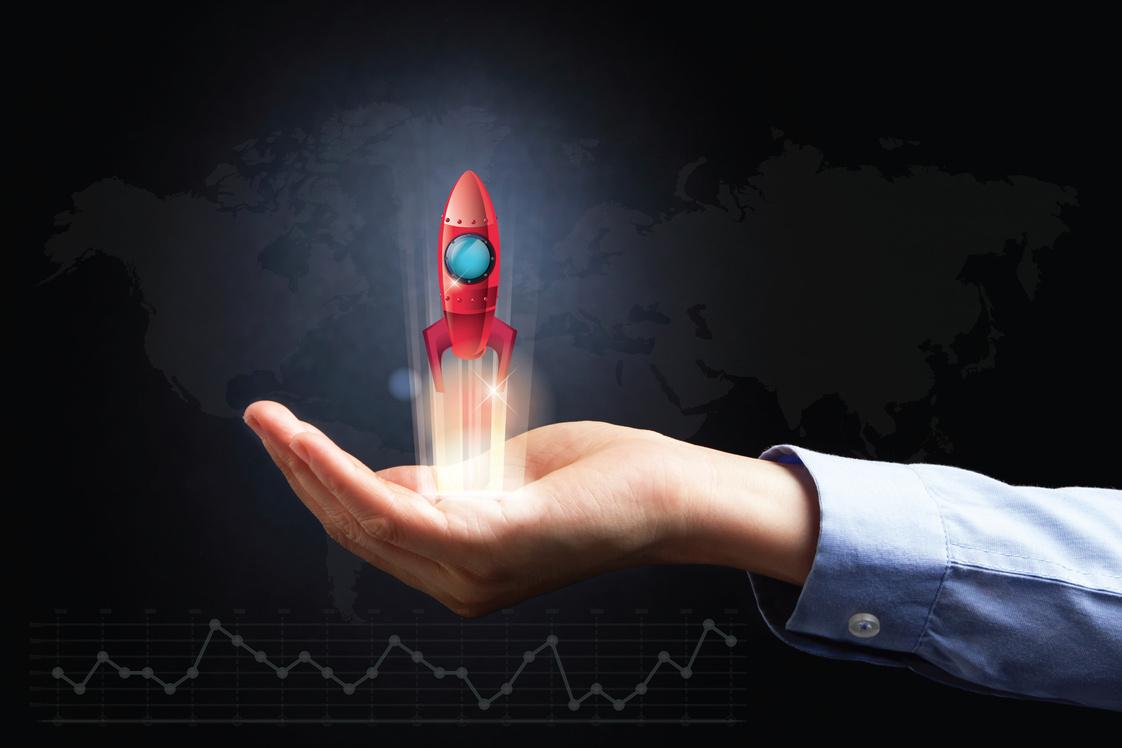
bu Dhabi National Energy Company PJSC (TAQA) announced the successful placement of an aggregate of US$1.5 billion in 5-year and 10-year dual-tranche senior unsecured notes The 10-year notes, sized at US$1 billion and maturing on 24 April 2033, were issued at a coupon rate of 4.696%. These notes represent TAQA’s first green bond issuance and net proceeds of the issuance will be used to finance, refinance and invest in relevant eligible green projects, as outlined in the company’s Green Finance Framework The 5-year notes, sized at US$500 million and maturing on 24 January 2029, were issued as conventional bonds at a coupon rate of 4 375%

AIIB SUPPORTS MASDAR’S SOLAR POWER PROJECTS IN UZBEKISTAN IN THE AGGREGATE AMOUNT OF $83.6 MILLION
The Asian Infrastructure Investment Bank (AIIB) has signed three new project finance loan agreements in the aggregate amount of USD$83 6 million as part of a USD$396 4 million debt financing to Abu Dhabi Future Energy Company PJSC (Masdar) for the construction of three greenfields solar PV power plants in Uzbekistan’s Samarkand, Djizzakh, and Surkhandarya regions The Asian Development Bank, the European Bank for Reconstruction and Development, and the European Investment Bank are also supporting the financing
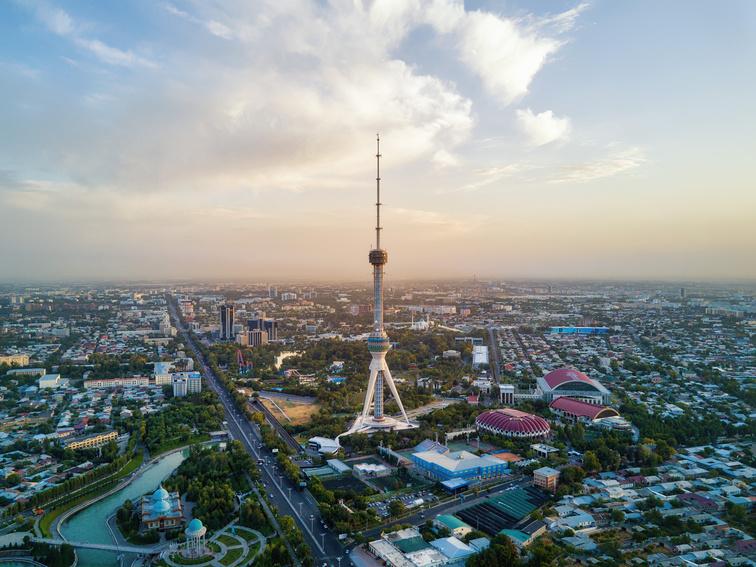
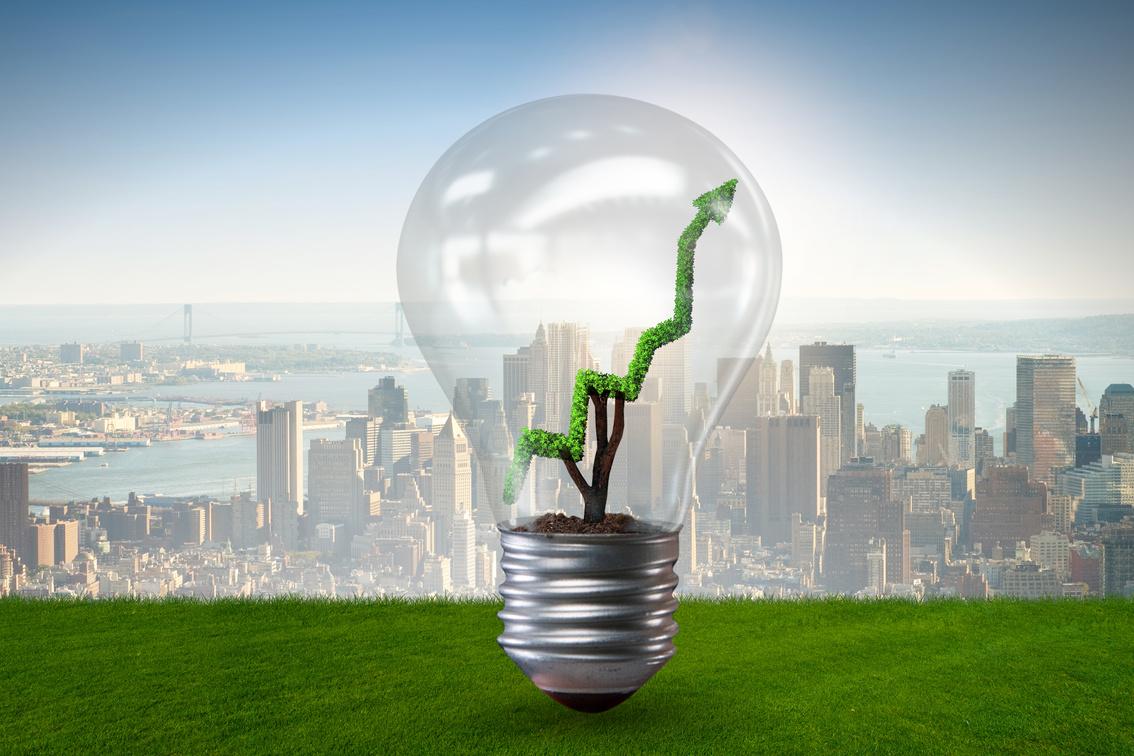
LATEST>
EBRD PROVIDES $200 MILLION LOAN TO BORUSAN ENBW ENERJI FOR RENEWABLE ENERGY INVESTMENTS IN TURKEY
The European Bank for Reconstruction and Development (EBRD) is providing a loan of US$ 200 million to Türkiye’s Borusan EnBW Enerji Yatirimlari ve Uretim A.S under a syndicated structure with the Netherlands Entrepreneurial Development Finance Company, FMO The proceeds of the loan will be used to strengthen the company’s balance sheet and facilitate a corporate reorganization that will consolidate the company’s energy portfolio, fuelling further investments into renewables
BUZZ>
ACWA POWER SECURES $123 MILLION FINANCING PACKAGE FOR 200 MW KOM OMBO SOLAR POWER PLANT IN EGYPT
CWA Power announced that it has signed a US$123 million financing package to develop the 200 MW Kom Ombo project, a utility-scale solar power plant in Egypt. The package comprises loans of up to US$ 36 million from the EBRD, US$ 14 6 million from the OPEC Fund, US$ 14 4 million from the AfDB, US$ 34 5 million from the GCF, US$ 14 8 million from Arab Bank and US$ 10 million from the SEFA under the COVID-19 IPP relief program The project already has equity bridge loans of US$ 14 million from the EBRD and US$ 45 million from the Arab Petroleum Investments Corporation (APICORP)

INSIGHT >
INDUSTRY
A
MAR-APR Issue 2023 | Pg 11 Middle East
A
MIDDLE EAST NEWS
What is your general impression of the PV solar market in MENA region, and what are the current demand trends?
The solar PV business is very active in MENA region In order to build a green MENA, countries and governments in this region has attached great importance to solar energy, and initiate grand vision and development plans for the future. From 2022, we have seen that the entire solar PV market in MENA region is growing fast , with the demand for PV modules increasing by YoY more than 50%
Low LID
The Light Induced Degradation (LID) and LeTID of Tiger Neo is extremely low when compared with the standard P-type cells.
Strong Track Record & Proven Field Performance
As one of the world’s Tier1 solar manufacturers, JinkoSolar has supplied nearly 150GW of high-efficiency solar panels to over 170 countries, more than any other brands to date
All-round safety guarantee of JinkoSolar ESS is constructed by analyzing the safety hazards of structure, electric and fire During the integration process, JinkoSolar ESS adopts multi-level and system-wide protection from the cell to the system, especially at the module and pack levels, which are easily overlooked

The Tiger Neo alone contributed nearly 25% of N-type sales volume within the ultra-premium segment in 2022 This was driven by strong demand for N-type in Europe, China, Australia, Latin America, and MENA
Could you tell us briefly about JinkoSolar’s upgraded Tiger Neo modules, what are the main advantages that these modules offer and for which markets they are suitable?
State-of-art Technology & Affordability
Thanks to the scale of JinkoSolar, N-type Tiger Neo has been recognized as the most affordable & desirable solar panel for your PV projects
Improved High-Temperature Performance
Once the temperature a solar module operates in increases the power output of the solar module will decline Tiger Neo modules have a much lower temperature co-efficient compared to conventional PERC modules, which results in higher power output in a region with a hot climate


Can you tell us more about the new products launched during SNEC 2023?
In terms of fire design JinkoSolar ESS is equipped with fire protection equipment conforming to NFPA and other international fire standards Regarding to electrical protection, SunTera can accurately identify and quickly disconnect fault currents, and protect the safe operation of the circuit by reasonably selecting the fuse parameters at pack level, cluster level and system level Lastly, advanced intelligent control management system is used to monitor system safety and analyze fault diagnosis in real time, which greatly reduces the safety threats.
Q Q Q
Jinko Solar launched several new products during the SNEC exhibition, including the Tiger Neo 2023 series, SunTank residential energy storage system, SunGiga C&I system, Suntera utility system, and BIPV product. JinkoSolar are commitment to diversified application scenarios of photovoltaic technology, including buildingintegrated photovoltaic ecosystem and comprehensive energy solutions
Q
What needs to be done to increase the penetration of utility scale solar plants in MENA?
On one hand, we need to understand the local policies related to development of solar PV project On the other hand, we need to establish
Where do you see the MENA solar and storage market in the next five years and what is Jinko doing to align itself with new market trends?
In my opinion, GCC countries are very active with profound development prospects and great Utility project pipeline Meanwhile, in some countries with limited electricity and lack of power resources, there are strong potential demands of households and industries products Therefore, we will provide different type of product portfolio to meet the power demands of different customers
MAR-APR Issue 2023 | Pg 12 MiddleEast
Q
How Jinko Solar introduced an Energy Storage Solution That Matches the C&I MENA Market Needs
Jinko Solar the well-known #1 PV panels manufacturer and technology provider, has been in the energy storage business since 2020 delivering tailor-made energy storage solutions to EPCs and Project Developers, shaping the technology and solution design capabilities to meet the region needs
The company has both Air-Cooled & Liquid-Cooled battery solutions, each type provides both AC DC coupling capabilities with PV arrays, which provides flexibility for the EPCs & Developers without forcing them to pay extra money for capabilities the project does not require This flexibility saves a lot of CAPEX compared to standardized solutions existing in the market today.
An intelligent Energy Management System is also included for in the solutions, this is to enable highest level of flexibility and to ensure optimized energy dispatching between different energy sources (PV, Grid, DGs, & Batteries) to supply the load demand The option to have a solid, dynamic and cloud monitored EMS included in the solution eliminates many challenges faced during testing & commissioning phases.
Jinko Solar C&I ESS solutions are considered the most dynamic and applications friendly ones, they can perform in On-Grid, Off-Grid applications with seamless transfer between the different modes, this enables the deployment of such solutions in various applications, such as:
Peak Shaving solar and wind energy productions.
Microgrid primary energy resource, thanks to the intelligent EMS
Fuel-saving existing Diesel Generator (DG) supplied loads, by reducing the working hours of the DGs
On-Grid connectivity; either for zero-export applications or to ensure continuous supply for the loads during utility grid blackouts
Peak & Valley arbitrage in regions with variable electricity tariffs during the day.
Additionally, the company provides both a (5) years standard product warranty and a (10) years performance warranty for their solutions, both warranties are extendable up to (15) years!
Jinko Solar aims to serve best by providing reliable, high-quality and optimized energy storage solutions for their partners in the MENA region
Energy Storage Solution
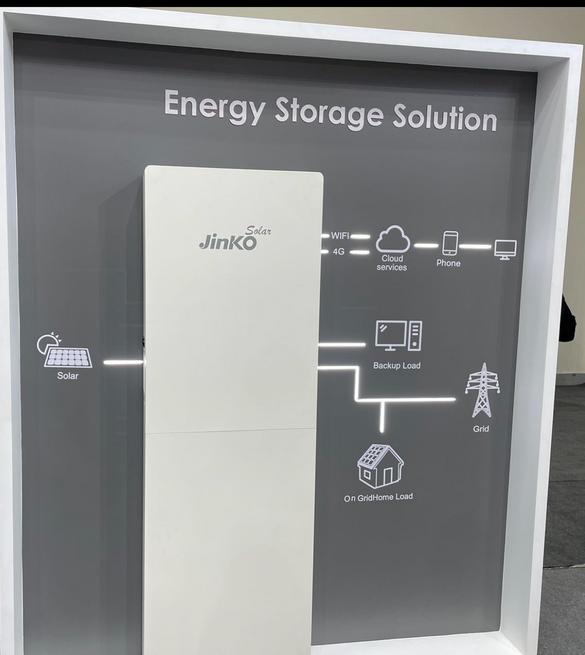

AUTHOR
HAMZA AL SMADI TECHNICAL SERVICE MANAGER ENERGY STORAGE SYSTEMS - MENA
Jinko Solar: Empowering Energy Solutions, Unleashing Flexibility in MENA. Reliable, HighQuality, and Optimized Energy Storage. Transforming the Industry since 2020. Shaping the Future of Energy.
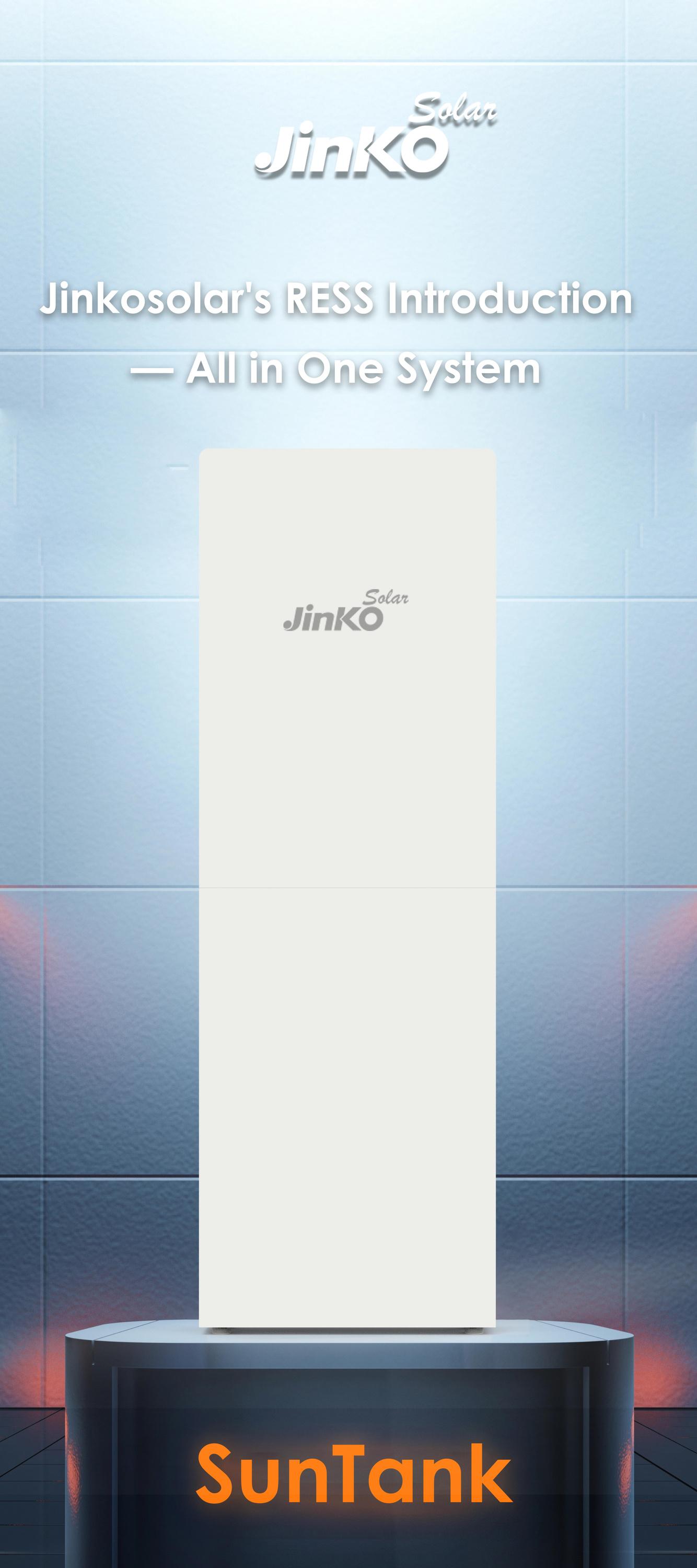
MAR-APR Issue 2023 | Pg 13
PRODUCT FEATURE
MrsSinuPappan
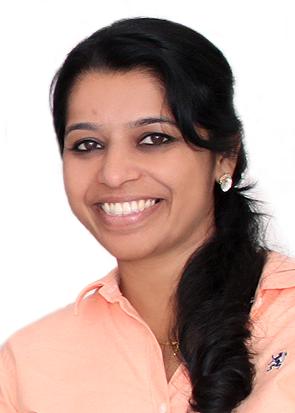
(Assistant General Manager - Middle East) Powernsun
"Powernsun's dedication to delivering customized, sustainable energy solutions in the MENA region illuminates the path towards a greener future. By combining innovation, expertise, and a client-centric approach, they empower organizations to reduce their carbon footprint while embracing the benefits of clean and affordable solar energy"
KEY HIGHLIGHTS
Empowering Solar Energy Transformation: Next-Generation PV Modules and Advanced Tracking Technology Illuminate the Way Driving Solar Industry Expansion: Technological advancements in CSP and floating solar power plants are propelling the expansion of the solar industry in the Middle East, promoting environmental sustainability and enhancing energy security
Powernsun leads the way, Harnessing the sun's energy each day. With innovation and sustainability, We power a brighter future for all to see
QCan you give a summary of the Middle East Powernsun company and its distinguishing characteristics? Also, how deeply is Powernsun involved in the growth of Solar in the region?
Powernsun is a company that specializes in providing sustainable energy solutions in the Middle East and North Africa (MENA) region The company offers a wide range of services, including engineering, procurement, and construction of solar power systems, as well as operation and maintenance services Powernsun aims to provide clean and affordable energy to its clients while reducing their carbon footprint and promoting sustainable development
One of the distinguishing characteristics of Powernsun is its focus on delivering customized solutions to meet the specific energy needs of its clients. The company works closely with its clients to understand their energy requirements and designs solutions that are tailored to their needs This approach ensures that the energy solutions provided by Powernsun are efficient, cost-effective, and sustainable
Powernsun is deeply involved in the growth of solar energy in the Middle East and the region
The company has been involved in numerous solar energy projects, rooftop and On/off-grid solar solutions Powernsun has been taking initiatives in educating and updating the market about Solar and its benefits


QHow will the Middle East Powernsun company display be impacted, in your opinion, by the most recent technological advancements in the solar energy sector?
The introduction of next-generation PV modules such as N-Type, higher wattage, and more efficient solar panels can significantly impact the solar energy sector These panels can convert a higher percentage of sunlight into electricity, reducing the amount of space needed for solar installations and making them more cost-effective Additionally, advancements in solar tracking technology can improve the efficiency of solar installations by allowing solar panels to track the movement of the sun and optimize their positioning to capture the maximum amount of sunlight Powernsun could benefit from incorporating these systems into its solar projects, resulting in more efficient and cost-effective solar solutions for its clients
QHow could the Middle East Powernsun firm showcase a plan to embrace the most recent technological trends?
To showcase a plan to embrace the most recent technological trends, Powernsun can participate in industry events and conferences, publish articles and whitepapers, and create a presence on social media platforms By doing so, Powernsun can demonstrate its commitment to staying up to date with the latest technological advancements in the solar energy sector and show its potential clients that it is well-equipped to provide innovative and sustainable energy solutions
QWhat are the suppliers & most recent offerings in the region?
The solar energy sector is growing rapidly, and there is a wide range of suppliers offering innovative products and services. Pyramidal lenses and Copper-Indium-Gallium-Selenide (CIGS) are the newest advancements in solar shingles, which have energy-harvesting ability baked into the roof itself, making them more durable, flexible, and lighter in weight to hold all forms of weather and still be able to hold enough solar energy
QWhat are the most recent technological advances in the Middle East that are fostering the expansion of the solar industry there?
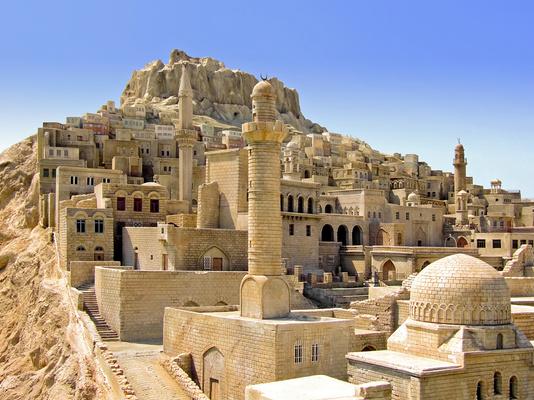
In the Middle East, where there is ample sunshine and open desert landscapes, Concentrated Solar Power (CSP) technology is an option In this technology, lenses are used to concentrate sunlight onto a small area, creating intense heat that is used to generate electricity Also, in the Middle East where land is scarce, floating solar power plants have emerged as a viable alternative
Overall, these technological advances are helping to drive the expansion of the solar industry in the Middle East, making it a more sustainable and reliable source of energy for the region
MAR-APR Issue 2023 | Pg 14 MiddleEast
INTERVIEW
FEATURED
GREEN HYDROGEN OUTLOOK IN THE MIDDLE EAST



Green hydrogen is rapidly emerging as a key technology in the global energy transition, and the Middle East is poised to play a leading role in its production and export The region's abundance of renewable energy resources, particularly solar and wind, coupled with its strategic location between Europe and Asia, makes it an attractive destination for green hydrogen investments
The Middle East has traditionally been known for its vast reserves of fossil fuels, but the region is now shifting towards renewable energy The Middle East Solar Industry Association (MESIA) indicates that there are over 100 GW of renewable energy projects either under construction or in the pipeline in the region This presents a unique opportunity for green hydrogen production, as it requires large amounts of renewable electricity to be generated through electrolysis of water.
The market outlook for green hydrogen in the Middle East is promising, with several factors driving its growth Firstly, the region's proximity to key markets in Europe and Asia makes it a potential exporter of green hydrogen Secondly, the abundance of low-cost renewable energy resources in the region can provide a competitive advantage in the production of green hydrogen Finally, the growing demand for clean energy globally and the increasing adoption of hydrogen as a key enabler of the energy transition are expected to drive the growth of the green hydrogen market in the Middle East
For these reasons several countries in the Middle East and North Africa regions have already announced ambitious plans to develop green hydrogen projects One country that will play a key role in the next years is Egypt, where AMEA Power is one of the strongest renewable energy players AMEA Power and several other developers have concluded a Framework Agreement with the Egyptian authorities to allow the development of green hydrogen projects in the country AMEA Power will leverage its vast and unique experience in the country, thanks to our two flag-ship projects which are under construction, Abydos 500 MW solar power plant and Amunet 500 MW wind farm which makes us the only developer with in-country experience with both technologies, allowing us to have a very valuable knowledge of the hydrogen key driver. Other countries in the region also have a very bright future in the green hydrogen space Oman, has already signed six commercially binding agreements for green hydrogen projects worth 20bn USD, and Saudi Arabia, where the NEOM project is under construction has issued the first industrial operating license for NEOM Green Hydrogen Company
However, there are also several challenges that need to be addressed for the green hydrogen market to reach its full potential in the region. One major challenge is the high capital cost of green hydrogen production and the need for significant investments in renewable energy infrastructure Another challenge is the lack of a regulatory framework for the production, transport, and trade of green hydrogen This will require close collaboration between governments, regulators, and private sector stakeholders to develop policies and regulations that support the growth of the green hydrogen market in the region.
In conclusion, the Middle East has the potential to become a major player in the global green hydrogen market The region's abundant renewable energy resources, strategic location, and growing demand for clean energy make it an attractive destination for green hydrogen investments However, realising this potential will require significant investments, policy support, and regulatory frameworks to overcome the challenges associated with the production and trade of green hydrogen
AUTHOR:
OPINION MAR-APR Issue 2023 | Pg 15 MiddleEast
IGNACIO CARRERAS
Senior Project Development Manager (AMEA Power)
"The Middle East: Poised to become a green hydrogen powerhouse, driving the global energy transition."
TECH TECH STORY STORY
Digitalization Of A Solar PV Project Improved Plant Performance In The Middle East

Digitalization has the potential to improve the efficiency, reliability, and longterm viability of solar projects in the Middle East, making them more financially viable and contributing to the transition to a cleaner, more sustainable energy system Large-scale solar projects in the Middle East can generate maximum energy output while minimizing costs and environmental impact by combining technologies
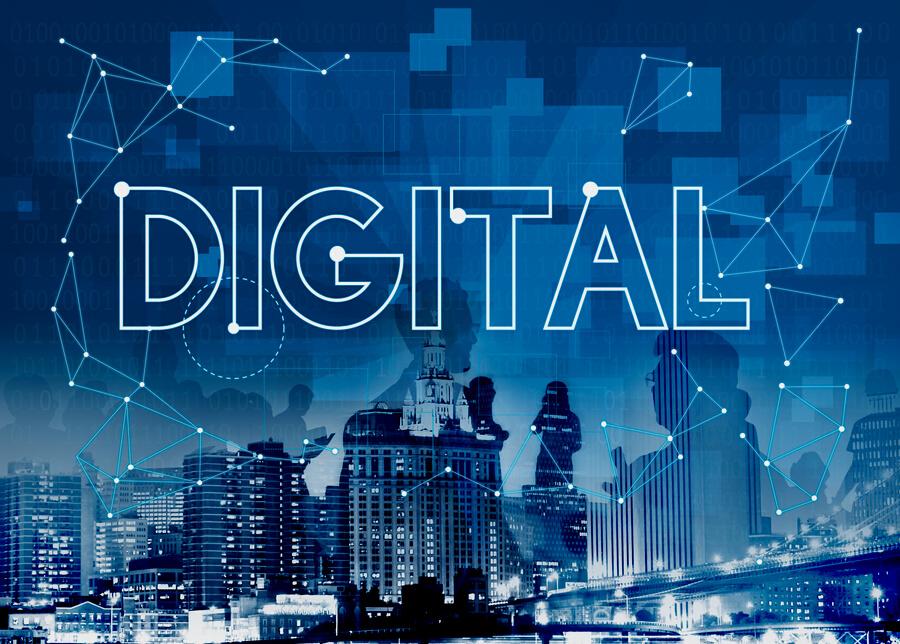
In several ways, digitalization can be critical to the success of solar projects in the Middle East Improved planning and design (GIS (Geographic Information Systems) and simulation software can be used to analyze terrain, solar radiation, and weather patterns to determine the optimal placement and orientation of solar panels This can help to maximize the amount of electricity produced while lowering costs) Improved monitoring and control (Digital sensors and monitoring systems can provide real-time data on the performance of solar installations, allowing operators to identify and address any issues that arise This can help improve the dependability and efficiency of solar projects reducing downtime and increasing energy production)
Increased efficiency and cost savings (Digital tools can aid in the automation of many processes involved in the development of solar projects, from design to operation and maintenance. This can reduce project completion time and cost, making them more financially viable) Integration with the grid (Digital tools can also assist in optimizing solar project integration with the grid, ensuring that energy is distributed efficiently and reliably This can help to increase the use of renewable energy sources while decreasing reliance on fossil fuels) Encouragement of sustainability and innovation (Digitalization can help to support the development of sustainable and innovative solutions in the solar industry, such as the use of blockchain technology to track renewable energy credits or the development of virtual power plants that can aggregate the output of multiple solar installations)
Advanced monitoring and control systems (Advanced monitoring and control systems can assist operators in optimizing the performance of solar installations by tracking performance metrics like energy output, temperature, and weather
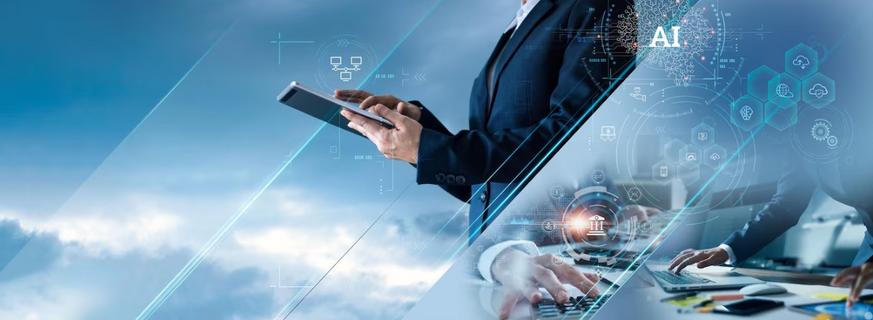
Large-scale solar projects in the Middle East can generate more electricity, more efficiently, and with greater reliability by incorporating these and other innovative technologies and approaches
Due to factors such as geopolitical instability, cultural differences, and regulatory frameworks, large-scale project development in the Middle East region can be a complex and challenging process However, there are a few key factors that can help ensure the success of these projects, such as creating strong partnerships (It is critical to form strong partnerships with local stakeholders and government agencies to ensure that the project is in line with local needs and regulations. Conduct a thorough feasibility study: Before starting any project, it is critical to conduct a thorough feasibility study that examines all aspects of the project (such as market demand, financial viability, and regulatory compliance)
Make use of local resources (hiring local talent, contractors, and suppliers can help to ensure that the project is culturally sensitive and aligned with local customs, while also supporting the local economy) Manage risk (Because of the region's geopolitical and economic uncertainties, it's critical to have a comprehensive risk management strategy in place that includes contingency planning, insurance coverage, and legal safeguards)
Embrace technology: The Middle East is rapidly adopting new technologies, and incorporating innovative solutions such as automation, artificial intelligence, and blockchain can assist in increasing efficiency and lowering costs. As the world's attention shifts to sustainable development, incorporating environmentally friendly practices into project design and implementation can help to increase long-term viability and success
Overall, large-scale project development in the Middle East necessitates a blend of local knowledge, cultural sensitivity, and meticulous planning and execution This will increase the overall performance of solar projects in the region The middle east is becoming one of the most attractive destinations for solar PV companies which entails great innovation in project development for better efficiency and solar PV
MIDDLE EAST RESEARCH
MAR-APR Issue 2023 | Pg 16 MiddleEast
Qatar's Clean Energy Revolution: Sungrow's 800MWp PV Plant Driving Carbon Neutrality
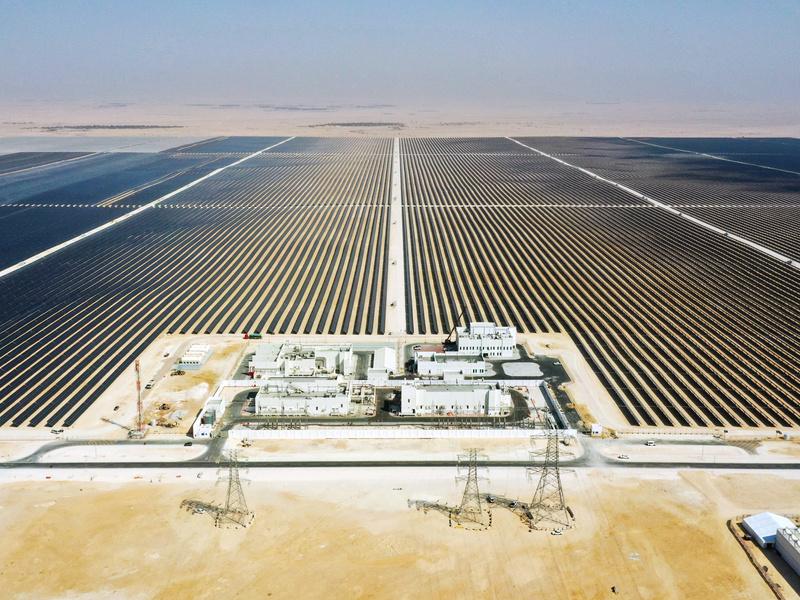
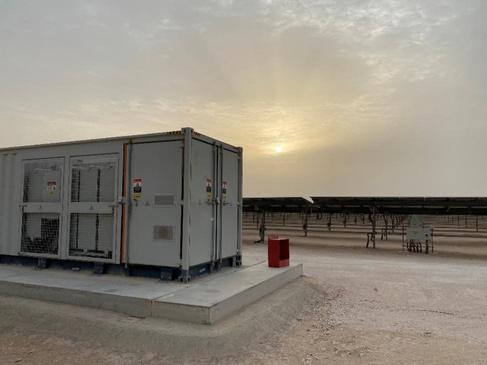
This plant is the largest PV plant in Qatar and the third-largest single PV plant in the world It contributes to the country’s commitment to host a carbon-neutral FIFA World Cup in 2022
Technology Innovations
Effective heat dissipation perfectly adapts bifacial PV modules + tracking system
Located in the desert, with abundant sunshine resources and high ambient temperature this project adopts bifacial PV modules plus tracking systems
The reflectivity of sand is high, therefore, the power generation of the bifacial PV module’s backside will increase, coupled with the tracking system, the inverter will work at rated power for a long time at 50℃ ambient temperature This puts forward high requirements on the performance of the inverter
The Sungrow SG250HX inverter adopts intelligent air-cooling technology
The MV Station MVS6750-LV dissipates heat through the heat exchanger
Location
Capacity
Owner
IPP
EPC
Solution
Inverter
COD
Al-Kharsaa, Qatar
DC:800MWp AC:648MW
Kahramaa
Marubeni & Total PowerChina Guizhou Engineering
Bifacial PV modules + Tracking system + String inverter

Sungrow SG250HX
October 2022
Project Overview
Carbon neutrality has become a global consensus. Qatar announced a national vision of carbon neutrality by 2030 This 800MWp PV plant provides clean power at competitive prices and reduces dependence on fossil energy and carbon emissions in Qatar
Qatar is located on the southwest coast of the Persian Gulf, rich in natural gas and oil resources This 800MW PV plant is located 80 kilometers west of Doha Qatar is geomorphologically suitable for utility-scale PV plants with frequent sandstorms and 50 ℃ temperatures Construction is very difficult, and it also bring higher challenges to the stable operation of the inverter, transformer and other electrical equipment
System solution
Qatar 800MWp PV plant is divided into two phases. The first 400 MWp phase construction and grid connection was completed in 2021 The next 400 MWp was connected to the grid in 2022 The PV plant adopts bifacial PV modules and tracking systems There are 108 units of 6 75MW blocks in this plant and the DC/AC ratio is about 1 2 More than 1 8 million LONGi "HiMO 4" 440W bifacial PV modules were installed Sungrow provides 3240 1500V string inverter SG250HX and 96 MV Station MVS6750-LV
These technologies enable more efficient heat dissipation The inverter and MV Station can perfectly adapt bifacial PV modules + tracking systems in Qatar's hot and sandy environment and operate at rated power for a long time as required in this project Which in turn guarantees the owner's profit in the whole life cycle of the PV plant
High ingress protection grade adapts to the desert environment
The harsh environment of the desert has a significant impact on the inverter First, sand could lead to blockage in the heat dissipation channel, which deteriorates the heat dissipation and performance of the inverter The inverter could run derated resulting in reduced power generation. Second, sand entering the equipment can also affect the electrical insulation and even lead to internal short circuits
The inverter SG250HX adopts a double cavity design, where the electronic cavity and cooling cavity are entirely isolated The electronic cavity is fully sealed, sand and water cannot enter the electronic cavity As a result, the SG250HX inverter has achieved IP66 grade and can perform reliably in the desert environment.
Online I-V curve diagnosis improves O&M efficiency
The 800 MWp PV plant in Qatar has installed more than 1 8 million modules with more than 600,000 module strings During operation, many problems could occur: modules shielded by dust; panel breakage; PID attenuation, etc all result in power generation loss Traditional IV test requires professional equipment and PV plant downtime during on-site testing It is often necessary to find the problem manually after the fault detection is completed using a traditional method. This is time-consuming and expensive, which increases the difficulty of O&M SG250HX inverter integrates online smart I-V curve diagnosis function Through the DC current sensor configured in each PV string, the I-V data of PV modules can be collected by the monitoring system The health of the PV modules is analyzed online by advanced algorithms The monitoring system can locate the abnormal module and provide maintenance suggestions to O&M staff Online smart I-V curve diagnosis greatly improves O&M efficiency and reduces power generation loss of the PV plant
Summary
This 800MWp PV plant has great significance in Qatar It can provide 1 8 billion kWh of clean power every year, which can meet 10% of the country’s total electricity demand This plant will reduce 26 million tons of CO₂ during its lifetime, supporting the country’s goal of reducing carbon emissions by one million tons per year This project helps Qatar to achieve its national vision 2030 goal and contributed to the country’s commitment to host a carbon-neutral FIFA World Cup in 2022 It is key to achieving the goal of sustainable development and reducing the reliance on gas for power generation
PROJECT FEATURE
MAR-APR Issue 2023 | Pg 17 MiddleEast
Figure 1 800MWp PV plant
Figure 2 SG250HX String Inverter + 6 75MVA MV Station
Sunpure, leading full-scene PV intelligent cleaning robot and one-stop service provider

The Middle East is set to become a market leader in renewable energy Up to 90GW of renewable energy capacity, mainly solar and wind power, is planned across the MENA region over the next 10- 20 years
Yet harsh environment and desert climate pose challenges for PV projects. Vast deserts and various extreme climatic conditions are very likely to cause sand accumulation in the modules which will lead to soil loss The range of soil loss could be incredibly wide even though you manually clean the PV module rather often Why risk the loss of power generation when Sunpure is providing intelligent robotic cleaning solutions that could solve the problems?
Inherent advantages paired with customized solutions for the MENA
Sunpure’s intelligent PV cleaning solution has three main unique advantages in the MENA region:
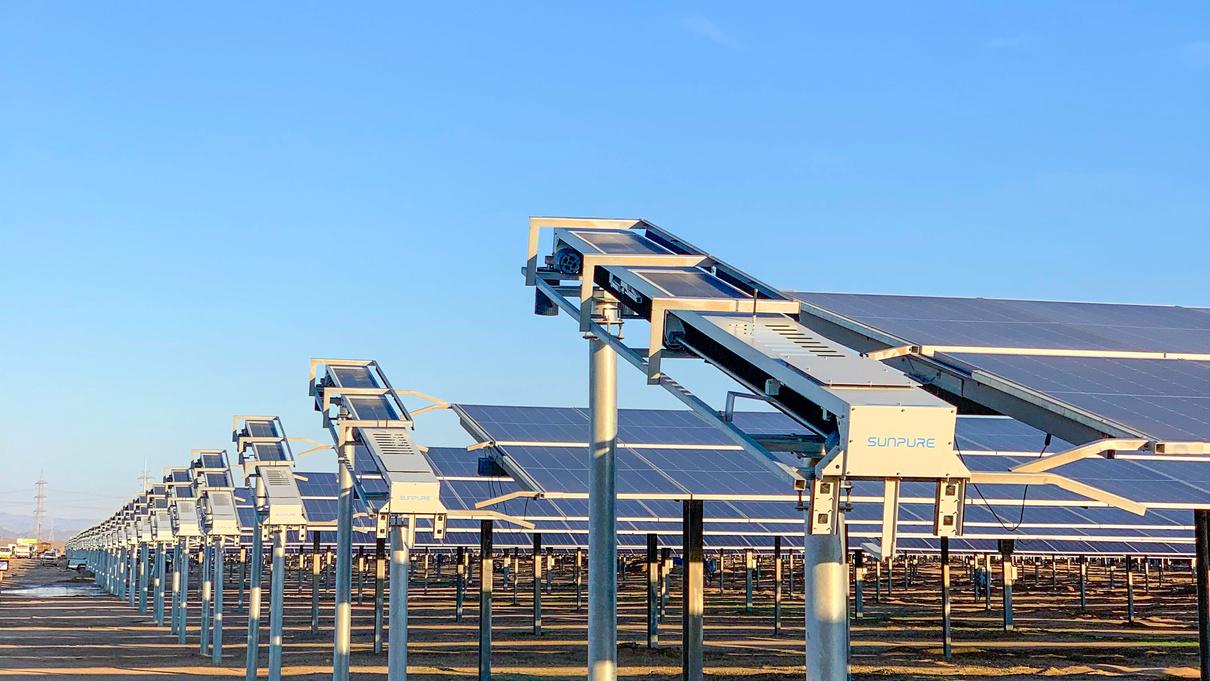
Firstly, it is water-free cleaning, a fully automatic intelligent cleaning solution to make sure waterless operation;
Secondly, it is module friendly, and the cleaning brush can operate reliably whether in high or low temperatures, which is also anti-UV aging and can offer an effective solution to dust pollution;
Lastly, a local technical team provides a response service commitment within 48 hours.
Sunpure attaches great importance to the MENA market and has successfully delivered its products at various locations such as Red Sea and Rabigh in KSA, with a cumulative delivery of more than 1GW It’s a great honor that Sunpure has become an indispensable supplier of PV cleaning robots in this market For the next step, Sunpure will continue to engage the MENA market, accelerate the localization process, understand local demands, shorten the service response time and provide more costeffective services to serve clients in the MENA region
It is worth mentioning that Sunpure has recently launched a brand-new system -- SmartPure Cloud Platform Based on AI, Edge computing and IoT technology, the system provides PV power plant with an intelligent, convenient, efficient, and safe solution through intelligent methods such as remote monitoring and management, full-dimensional perception of the power plant site, one-stop access with intelligent equipment, and remote issuance of operation strategies to fully meet the management needs of administrators

In addition, Sunpure completed the Pre-A round of financing worth tens of millions of dollars in July 2022, led by GL Ventures The financing from well-known ventures is a significant milestone and favorable proof that the company will continue to grow steadily and healthily
About Sunpure
As the leading player in PV cleaning robot industry, Sunpure Technology specializes in R&D manufacturing sales and service. The product line covers PV railed、trackless cleaning robots and intelligent shuttles Based on the cloud platform and big data technology, the company has launched the SmartPure cloud platform to provide a full-scene intelligent cleaning solution for the industry
Up to now, Sunpure Technology has obtained over 130 patents and has the industry's first TUV Eyewitness Laboratory. Over 10 offices and service outlets in the Middle East, India, Latin America and China are set to create greater asset value for global customers Sunpure Technology has shipped PV Cleaning Robot for a cumulative 4 5GW globally, covering 12 countries
COMPANY FEATURE
MAR-APR Issue 2023 | Pg 18 MiddleEast
Fastest growing PV robotic cleaning solution provider globally
Sunpure provides intelligent PV cleaning robots for 10 projects in MENA
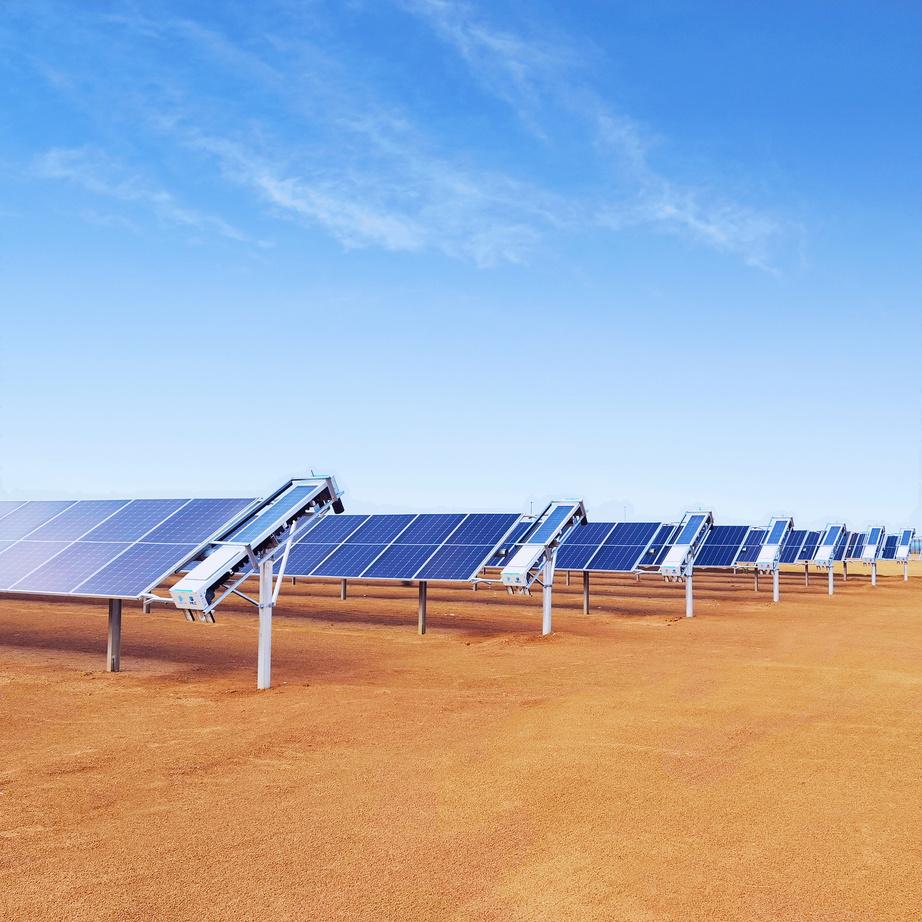

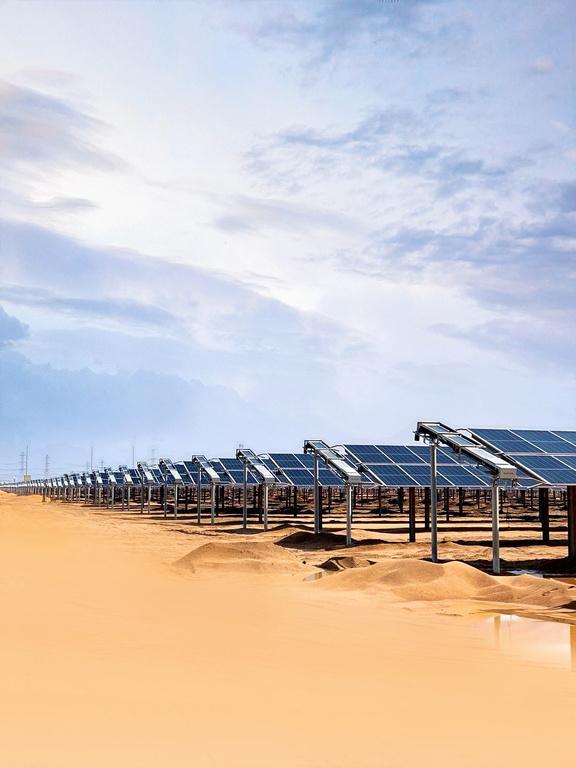
Sunpure has delivered nearly 1000MW projects in MENA region and became an important part of the PV power plants in this market Here are the three main projects:
Red Sea, KSA
The red sea project locates on the Red Sea coast and is a key project listed in KSA’s “VISION 2030” plan It is also the world’s first large-scale commercial utility project with complementary multi-energy integration and powered by 100% renewable energy, with 400MW capacity
The Red Seacoast is characterized by high temperature, high humidity and high salinity To cope with the harsh environment, CX-VH and C5-M, two of the world’s highest protection levels have been applied to Sunpure intelligent PV cleaning robots Completely renewable energy will be used in this city, leading a brand new low-carbon lifestyle in the future

Rabigh 300MW PV power plant project locates in the desert area of Rabigh Industrial City In order to improve the power generation, Sunpure combines the 2P tracker system with the bridge technology according to the local terrain and climate characteristics to realize the double benefits of "tracking + intelligent cleaning" of the project This innovative technology solves the pain points of strict requirements of high wind operation strategy, long one-way cleaning distance and high communication timeliness requirements
Recently, the project has successful initial energization, the total power generation in the first year to 894 million kWh
Jubail 150MW project is 3A independent desalination Solar power project, equipped with 53 sets of Sunpure intelligent cleaning robots Sunpure developed the world’s first 12 3-meter-long cleaning robot for this project, and optimized support structure, transmission mode and control logic to meet the high temperature, high humidity, high corrosion and other extreme environment requirements
PROJECT FEATURE
Rabigh, KSA
Jubail, KSA
MAR-APR Issue 2023 | Pg 19 MiddleEast
"In order to improve the power generation, Sunpure combines the 2P tracker system with the bridge technology according to the local terrain and climate characteristics to realize the double benefits of "tracking + intelligent cleaning" of the project."
DanielZywietz
Founder & CEO, Enerwhere
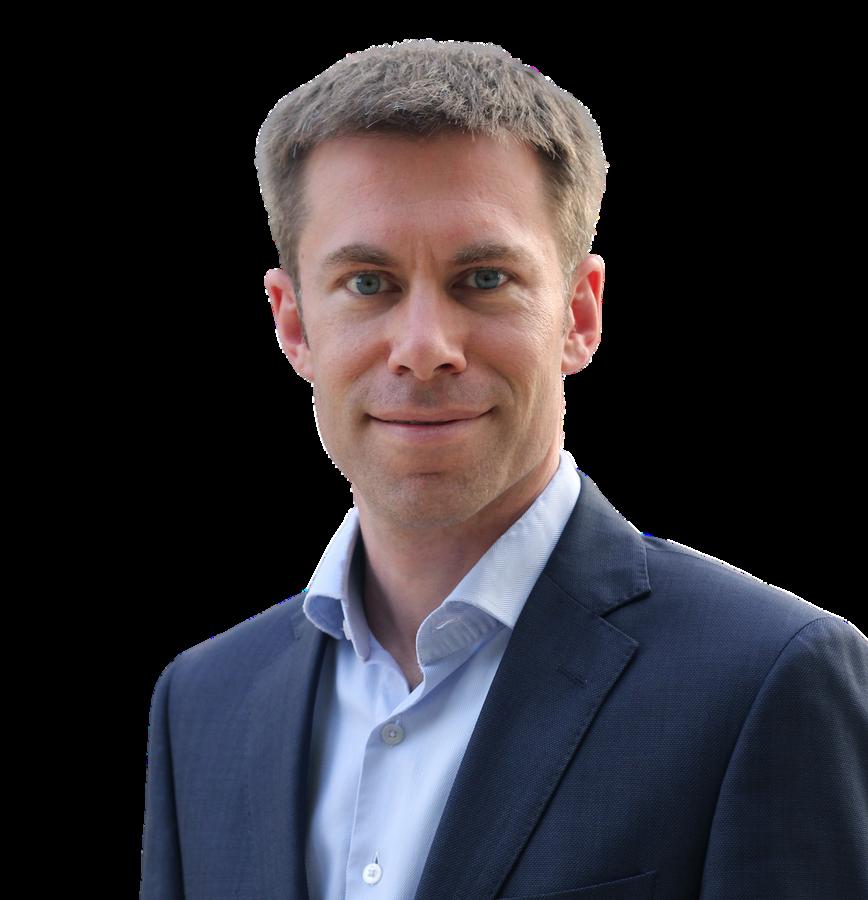
KEY HIGHLIGHTS
Our strategy from the beginning was to develop a set of digital and hardware solutions that allows us to assess a client’s load and deploy equipment very rapidly (typically in a few weeks) rather than the months or even years it takes to design, finance and deploy a conventional grid-connected solar system
The potential is very significant, as there are several GW of diesel generators operating across the Middle East with the market share of solar-hybrid systems still being below 1%
Enerwhere was one of the early pioneers of using renewable energy in the temporary power sector – we built our first off-grid solar plant in the UAE in 2014, when everything else was still running on 100% diesel
QHow has Enerwhere carved itself a significant place for itself in the Middle East solar market? What distinguishes Enerwhere from other businesses in the sector?
To start with it’s maybe worth mentioning we don’t really see ourselves as a solar company but a distributed full-service utility, with around 30 operating micro-grids across the Middle East. Most of our customers are in the construction, hospitality, mining and oil & gas industries, and the reason they come to us is that they don’t have a reliable grid connection, which is the starting point for conventional solar companies Of course we use solar as much as we can but since our first responsibility is to supply power very quickly (sometimes within 1-2 weeks from contract signature), we also use other sources like diesel generators and batteries That said, Enerwhere was one of the early pioneers of using renewable energy in the temporary power sector – we built our first off-grid solar plant in the UAE in 2014, when everything else was still running on 100% diesel In fact, everyone back then told us that there was no way that our tiny solar plants could power their big industrial loads, so we had to start with very small contracts for camps and site offices to build references before moving on to the larger loads (like tower cranes, mines and oil rigs) that we are serving today What distinguishes Enerwhere from most

solar companies is hence that we take responsibility for the client’s entire power supply not just the solar portion That means we manage the grid, and guarantee 100% reliability for the customer’s load not only during day but around the clock, 365 days per year This business model means we need a much broader power systems expertise than your average solar company as we also have to run diesel and gas generators, battery storage and the digital infrastructure to manage loads
QWhat are the main elements that have made Enerwhere's projects in the Middle East successful? Can you give some instances of successful projects and the effects they had?
The key features that make us successful is that we start by listening to our customers to figure out what the true energy requirement is. Most people who come to us have only a very rudimentary understanding of their needs, and they know even less about solar, so we spend a lot of time measuring client’s loads and understanding the operating patterns With that data we can then design an optimized microgrid system using our proprietary enlite data analytics platform, which typically results in diesel savings of 30-50% compared to an equivalent diesel plant Using these tools we have implemented over 75 successful systems including many landmark project like the world’s largest solar-powered construction site
for the Dubai Uptown Tower development in Jumeirah Lakes Towers, as well as the first ultramobile solar plant for the oil & gas industry, which is currently powering a mobile camp in the Khazzan gas field in Oman
QWhat particular difficulties and factors, such as the harsh weather conditions, the legal system, and regional market dynamics, must be taken into account for solar projects in the Middle East? How does Enerwhere deal with these difficulties?
The weather conditions are clearly not easy, even though solar modules (which are typically encapsulated in glass and rated for 85°C) are the least of our problems The real issue are the power electronics, which have a much higher failure rate at 45°C and 90% humidity than in a dry European basement at 20°C Of course there are significant differences among manufacturers and models, so over the years we have developed a rigorous testing and maintenance regime so that today our reliability is very high The legal system has been also much less of a challenge in the off-grid market, as this area is very lightly regulated. That contrasts with some of the grid-connected markets, where changes in the rules by the utility company can have a significant impact on the market and sometimes on very short notice, making long-term planning difficult
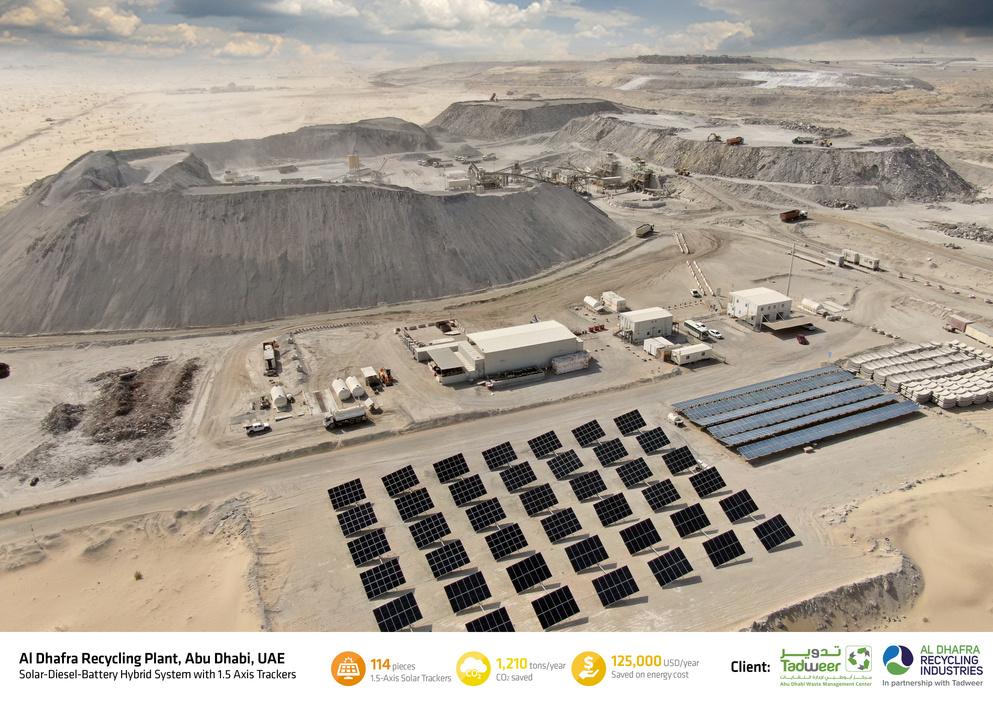
MAR-APR Issue 2023 | Pg 20 MiddleEast
CONVERSATION
IN
"Enerwhere long-term vision is to completely remove diesel fuel from the temporary and off-grid power markets in the Middle East, using ever more renewables and enabled by digital solutions and storage."
The Middle East's off-grid sites may now get dependable and sustainable energy solutions from Enerwhere, a pioneer in solarhybrid power solutions Can you tell us more about this novel strategy and how it will affect the area?
The key challenge in many of these sites is that they are considered temporary, as either the site is not expected to operate for more than 2-3 years (e g construction sites) or is expected to receive a grid connection in the near future Our strategy from the beginning was to develop a set of digital and hardware solutions that allows us to assess a client’s load and deploy equipment very rapidly (typically in a few weeks) rather than the months or even years it takes to design, finance and deploy a conventional grid-connected solar system This means we enable entire industries like construction, mining, oil & gas and even events to make use of renewable energy that previously simply didn’t have this option Given that diesel generators are the dirtiest and most expensive form of power generation on the planet, this means we can make a significant impact with a typical 30-50% reduction in fuel consumption in a short-term project (using a solar-diesel hybrid) and even more in longer-term projects with where we can deploy batteries as well
QWhat possibilities do you see for off-grid solar projects in the Middle East in the future as the solar industry continues to develop? How well positioned is Enerwhere to take advantage of these chances?

The potential is very significant, as there are several GW of diesel generators operating across the Middle East with the market share of solar-hybrid systems still being below 1%. Given the increasing sustainability pressure on companies, particularly in the context of the upcoming COP28 climate change negotiations, we therefore see ourselves as very well-positioned to help companies decarbonize their operations quickly
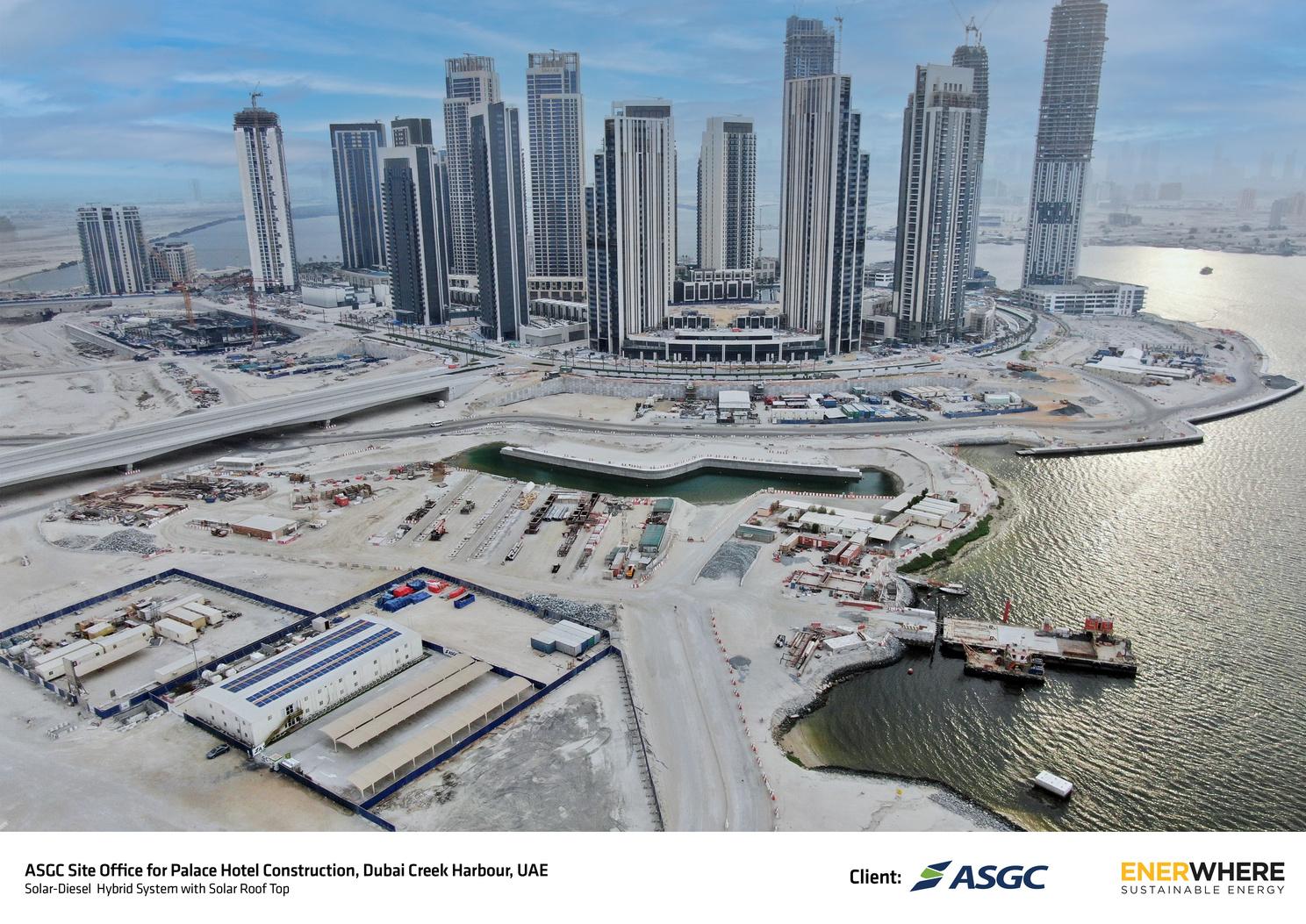
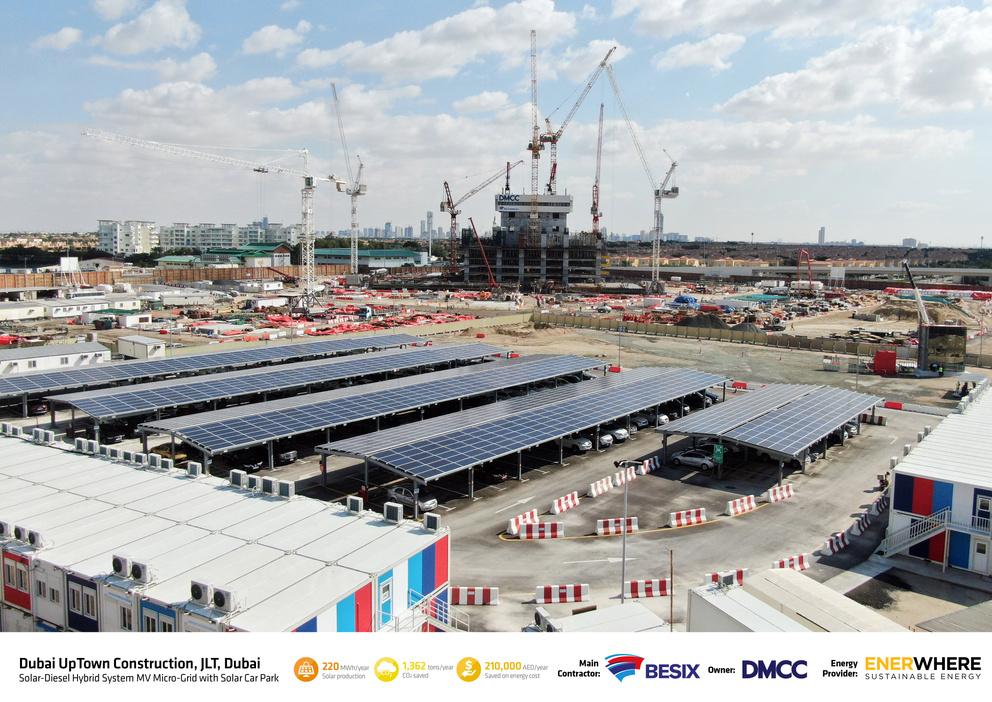
QWhat are the long-term objectives and plans for the Middle East's solar market from Enerwhere? How do you intend to keep promoting innovation and improving the local energy landscape?
Our long-term vision is to completely remove diesel fuel from the temporary and off-grid power markets in the Middle East, using ever more renewables and enabled by digital solutions and storage For this we don’t just have to rely on solar by the way (even if this is by far the most ubiquitous source of energy in the Middle East) A number of countries like Oman, Saudi Arabia, Kuwait and Iraq also have excellent wind resources, which can help increase the share of renewable energy in our grids without requiring huge batteries At the same time our systems are becoming ever more mobile, allowing us to serve clients with shorter contract durations (in some cases now as short as a few months), which is really unique in the solar industry So lots of potential to grow renewables and reduce carbon emissions in the region – and we are excited to be at the forefront of this revolution!
Q
IN CONVERSATION MAR-APR Issue 2023 | Pg 21 MiddleEast
JoseBarragan
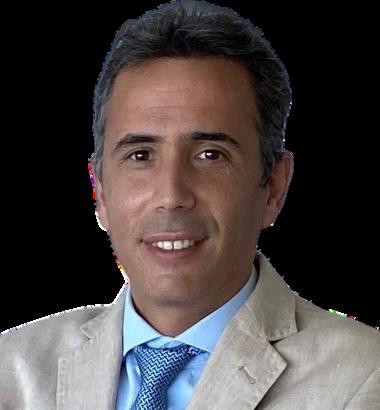
Vice President, Renewables Technical ServicesACWA Power
KEY HIGHLIGHTS
ACWA Power: Catalyzing Global Transformation through Sustainable Energy, Clean Water, and Green Hydrogen Innovations, Empowering Nations and Redefining the Future of Utility Services
ACWA Power: Illuminating Nations, Nurturing Communities, and Powering
Sustainable Progress With a visionary commitment to clean energy and responsible practices, we ignite a brighter future, transforming lives, and shaping a world where sustainability thrives
ACWA Power: Lighting the Way with Clean Energy, Empowering Growth, and Building a Sustainable Legacy With a relentless pursuit of renewable solutions, we drive progress, leaving a greener footprint for future generations
QA few words about ACWA Power
ACWA Power is a developer, investor and operator of power generation, desalinated water, and green hydrogen production plants. Our company employs over 4,000 people and is currently present in 12 countries in the Middle East, Africa, Central Asia and Southeast Asia ACWA Power’s portfolio comprises 72 projects in operation, advanced development, or construction with an investment value of SAR 280 56 billion (USD 74 8 billion), and the capacity to generate 45 85 GW of power and manage 6 8 million m3/day of desalinated water per day, delivered on a bulk basis to address the needs of state utilities and industries on long term, off-taker contracts under utility services outsourcing and PublicPrivate-Partnership models
QWhat methods would you use to provide ACWA Power with a competitive edge in the Middle East solar market? How would ACWA Power tackle the market's competitive environment?

First, our optimized business model which includes development, investment and operation of a project encompasses the entire lifecycle of an asset
We develop projects, invest in them, and operate them, while continuously looking into how we can optimize their financial structures to allow us to allocate and extract returns across the lifecycle of the asset
We are a significant long-term developer, investor and operator delivering enduring sustainable tariffs in our markets and we use our expertise, knowledge, and know-how to optimize all aspects of each single project
We achieve this through Innovation to start with, we are technology agnostic, and we are open to implementing the most innovative technologies to improve performance, reliability and LCOE of our projects
We have strong cooperation with different Universities and R&D organizations For example, in 2019 we partnered with King Abdullah University of Science and Technology (KAUST) to pursue goal-oriented research aimed at achieving further cost efficiencies in producing desalinated water and generating solar power
Through this collaborative effort, we installed solar PV pilot plants to test different PV modules and plant configurations This has enabled us to develop new simulation tools to understand better bifaciality gain and other features from our potential configurations in our commercial projects
Then, during the business development stage, we use numerous innovative solutions, optimizing every single angle of the projects
Thanks to the strong connections our company has established with major solar vendors (modules, trackers, inverters,) we are able to secure highly competitive pricing for top quality products in the market

Also, we foster strong relationships with our EPC partners (engineering, procurement, and construction), collaborating from day 1 to achieve project targets in terms of cost, quality and timelines.
We consider all market and technology inputs to optimize plant configuration and specifications, applying lessons learnt from past projects to improve performance and reliability and achieve the lowest possible LCOE (levelized cost of electricity)
Another key aspect is our standardized operating model (through NOMAC, solely owned subsidiary of ACWA Power) This allows us to operate our plants to the highest global standards with strong use of digitalization to improve asset performance
This said, in such a competitive environment, let’s not forget that our priority is always safety first! We are committed to protecting the wellbeing of our employees, partners, plants, and the communities in which we operate
MAR-APR Issue 2023 | Pg 22 MiddleEast IN CONVERSATION
"ACWA Power is a developer, investor, and operator of power generation and desalinated water production plants and is currently present in 13 countries in the Middle East, Africa, Central Asia, and Southeast Asia."
How would you encourage sustainable practices and environmental stewardship at ACWA Power's solar projects in the Middle East Given the growing emphasis on sustainability and mitigating climate change?
Towards a more sustainable world, ACWA Power reliably and responsibly produces enough power and desalinated water to meet the needs and cover the electricity and water consumption of more than 100 million people. It is a massive undertaking across 12 different countries, where we collaborate closely with governments and ministries to support their economic development to help them achieve their own goals to transition to a cleaner, greener future
If we focus our attention to our home country, ACWA Power is now actively delivering largescale renewable energy projects for the Kingdom of Saudi Arabia, which has prioritized creating a more diverse and sustainable economy as a major pillar in Saudi Arabia’s Vision 2030 We believe we are well positioned to leverage our early-mover advantage in the green hydrogen domain to develop several other strategic opportunities within and beyond Saudi Arabia and position ACWA Power as one of the key providers of state-of-the-art renewable solutions strongly integrated with green hydrogen production
We started our first renewable projects with Concentrated Solar Power (CSP) developing projects in South Africa and Morocco, then our first Solar Photovoltaic (PV) project was awarded in Dubai in 2015 From then on, several other solar projects have been developed, executed, and started operations

As of now, 41% of our energy comes from renewable sources And by 2050, we intend to reach our net zero goals To lessen our carbon footprint, ACWA Power decided to halt the development of coal plants to reduce emissions footprint and our emphasis is currently on renewables
Regarding the procurement process, the environmental, social, and economic consequences of our procurement practices and raw material sourcing are evidently taken into consideration The operating principles of the procurement process, its standards for application, and the duties and responsibilities of individuals participating in procurement are outlined in our procurement policy and the accompanying procedures The Policy also applies to any third-party organizations using funds provided by ACWA Power, ensuring that any organizations we work with, including contractors, consider the environmental, social, and economic effect of their procurement processes
Another important aspect of sustainability is local content and local community development In this regard, driving community impact ACWA Power has always considered itself to be an integral member of the communities in which it operates We are fully committed to community development, social responsibility and supporting sustainable livelihoods
QCan you describe your plans for ACWA Power's Middle Eastern large-scale solar portfolio and how they will fit with the company's long-term goals and broader commercial objectives?
In term of solar utility scales, we can have many successful stories about development, execution, and operation, but if I need to highlight one project it would be Noor Energy 1 project in Dubai due to the complexity and magnitude of the project
Noor Energy 1 is a hybrid solar project which operates day and night delivering clean energy to Dubai The project is 700 MWe CSP divided in four units (1 x 100 MWe central tower technology and 3 x 200 MWe parabolic trough technology), where we have auxiliary PV plants to provide auxiliary load consumption during the day for CSP units and 250 MW PV plant full dispatch to the grid
Total power of the project is 950 MWe net and can generate up to 700 MWe during the night thanks to the thermal storage in CSP This project has several world records, amongst which the largest CSP project in the world
During 2022, the project initiated the commercial operation of PV full dispatch to the grid plant, and beginning 2023, the first 2 CSP units achieved commercial operation
This is an excellent illustration of how ACWA Power can integrate several renewable technologies while optimizing them in a single area to provide the lowest LCOE to our clients 7 3 cents per kWhe is the lowest solar project rate for a 24-hour generation project
Another great example is our first commercial PV utility scale project, Shuaa Energy project (DEWA phase 2) in Dubai This project is a part of the Dubai Integrated Energy Strategy 2030 This project demonstrated declining costs of Solar PV technology, making it more cost competitive when compared to conventional energy such as natural gas The project started operation in Q1 2017 Performance
and reliability of the plant has been very successful since its first day of operation And finally, it is important to mention as part of our solar history, the first utility scale PV project in KSA The 300 MW Sakaka IPP photovoltaic (PV) solar project is the first ever utility scale renewable energy project developed under the National Renewable Energy Program of Saudi Arabia The Renewable Energy Projects Development Office (REPDO) awarded ACWA Power the contract at a world record-breaking tariff of US Cents 2.3417/kWh at that time. The project was the largest solar PV project built by ACWA Power at that time The commercial operation date started in Q2 2020 The project performance is very successful and meets expectations
QCan you describe your plans for ACWA Power's Middle Eastern large-scale solar portfolio and how they will fit with the company's long-term goals and broader commercial objectives?
Since its founding in 2004, ACWA Power has grown consistently, achieving 45 85 GW of power plants and 6 8 Mm3/day of desalinated water plants These numbers are remarkable for a business with less than 20 years of existence... Despite these impressive numbers, ACWA Power expects growth to pick up steam between now and 2030 The amount of GW that will be added to our portfolio would then be enormous, with most of them being made up of renewable energy They will primarily be PV solar, but we will also have other renewable technology like wind to support this expansion
The growth targets of the company are aligned with the deployment of the solar PV and renewable energy in the coming years Clean energy is the future to preserve our environment and our planet for the generation to come and ACWA Power is proud to work to these sustainable global objectives.
Q
MAR-APR Issue 2023 | Pg 23 MiddleEast
"ACW Power is dedicated to shaping a sustainable world by delivering reliable and responsible power and water solutions. Through our commitment to renewable energy and green hydrogen, we are driving the transition to a cleaner, greener future." IN CONVERSATION
A
AyhamMkalalati
Operations Director, EDF Renewables
KEY HIGHLIGHTS
EDF Renewables will be a driving force to support and accelerate the local renewable project development activities in the Kingdom
The Al Dhafra Solar PV IPP project in Abu Dhabi, for which major construction activities took place in 2022, is a significant achievement for EDF Renewables and the renewable energy sector. The demand for clean energy government initiatives, corporate commitments to source electricity from renewable sources, and heightened awareness among individuals regarding the need to reduce carbon footprints, are all driving forces of the solar industry
QGive us an overview of what 2023 looks like for the Middle East Solar Energy Market, what are some of the latest trends that you see positively taking over the sector?

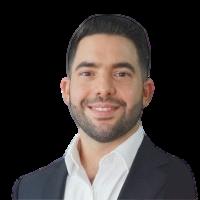
In 2023, the Middle Eastern solar photovoltaic (PV) market is poised for significant growth with multiple gigawatt utility-scale projects undergoing tendering and expected to be awarded in the same year EDF Renewables is playing an active role in the region’s energy transition and "will be developing several gigawatt-scale projects set to come online in 2023, while also delivering those awarded in previous bidding rounds. While 2022 was largely characterized by project delivery and execution, the focus in 2023 will shift towards a new cycle of solar project bidding, with expectations of recordbreaking outcomes
The growth of the Middle East market is closely tied to the continuous technological advancements, increased industry maturity due to the involvement of major international players such as EDF Renewables and following the strong recovery from the disruptive effects of the COVID-19 pandemic on the supply chain and shipping Additionally, an important differentiating factor that is set to drive the solar industry's growth in 2023 is the COP28 Summit
scheduled to be hosted in the UAE at the end of the year. This event is expected to see a surge of renewable energy project announcements and sustainability initiatives as Middle Eastern governments strive to achieve their Net Zero goals, bolstering the region's solar industry further
Starting off with the UAE, the projections are to award 3 3 GW of utility scale solar PV projects in 2023, and potentially up to 4 8 GW based on some recent announcements Based on the current projects under construction, the expectation is to connect approximately 3 GW of PV projects to the grid by this year On the distributed solar generation side, Dubai is leading with the Shams Dubai program, where commercial & industrial solar rooftop installations reached 500 MW in 2022.
As of January this year, Dubai's renewable energy production capacity stands at 14% of the total production capacity, which is expected to increase by year-end as projects become operational Collectively, these projects play a crucial role, and the UAE is well on track to achieve its 14 GW target for clean power generation by 2030
In Saudi Arabia, the utility-scale solar PV market is being driven by the Renewable Energy Project Development Office (REPDO), in collaboration with the Saudi Power Procurement Company (SPPC), the Public Investment Fund (PIF), and Saudi Aramco. This concerted effort is expected to result in tendering and awarding of up to 10 GW of solar and wind projects in 2023, marking it a record year for the Kingdom, where EDF Renewables will be at the forefront of onshore wind and solar developments
Furthermore, through initiatives like the NEOM, Red Sea, and Amaala projects, which are being powered entirely by renewable energy and storage technologies with micro-grids, Saudi Arabia is taking a leading role in demonstrating the feasibility of a future global transition to grids powered by 100% clean energy
Despite falling behind on its renewable energy targets, Saudi Arabia is expected to catch up and reach the 58.7 GW of renewable projects by 2030, solidifying its position as a renewable energy leader in the Middle East EDF Renewables will be a driving force to support and accelerate the local renewable project development activities in the Kingdom
In the Sultanate of Oman, Authority for Public Services Regulation (APSR) has approved the Oman Power and Water Procurement Company to award two solar PV projects with a combined capacity of 1 GW, one of which was recently awarded to EDF Renewables EDF Renewables has entered the Oman market and is well positioned to further developments aligning with Oman Vision 2040 Plan. Another trend Oman has been exploring the potential of green hydrogen as a clean energy source and has recently launched several initiatives to promote the production and use of green hydrogen in the country, where EDF has also devised its own hydrogen strategy that is fully aligned with the objectives of countries in the region, in production of hydrogen and its derivatives
Qatar, Jordan, Iraq, and Lebanon are among the Middle Eastern countries that recognize the significance of solar PV technology as the ideal clean energy source for achieving sustainability and independence These nations are actively adopting this technology to transition towards a cleaner and greener energy future.
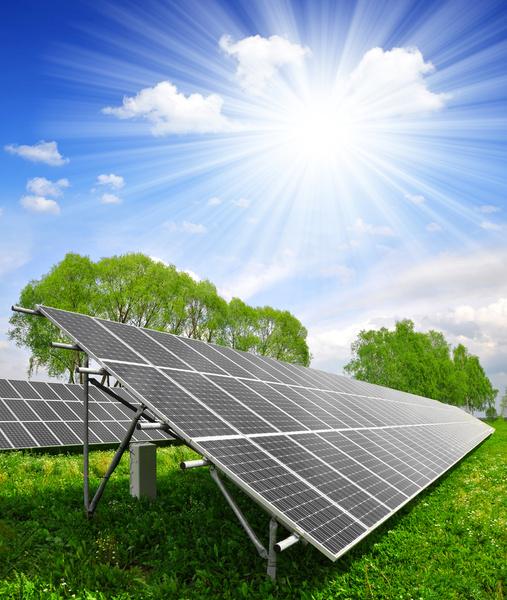
MAR-APR Issue 2023 | Pg 24 MiddleEast IN CONVERSATION
"EDF Renewables is playing an active role in the region’s energy transition and "will be developing several gigawatt-scale projects set to come online in 2023, while also delivering those awarded in previous bidding rounds."
What were the company's influential projects from 2022?
The Al Dhafra Solar PV IPP project in Abu Dhabi, for which major construction activities took place in 2022, is a significant achievement for EDF Renewables and the renewable energy sector It is the largest single-site solar power plant in the world, with a capacity of 2 1 GWp The project achieved some record-breaking installation milestones, ramping up to 20 MW per day at its peak and over 300 MW in a month. The successful operation of the Al Dhafra Solar PV IPP project will demonstrate to the world the viability and scalability of solar deployment, and a strong commitment towards the transition to renewable energy
Similarly, the completion of the South Jeddah Noor solar PV project in Saudi Arabia in 2023 is a significant milestone for EDF Renewables in their commitment to support the country's renewable energy targets. The 300 MW project will contribute significantly to the diversification of Saudi Arabia's energy mix and inch towards the country’s renewable energy targets
Furthermore, the MBR Phase III 800 MW solar project in Dubai, which is reaching its 5th anniversary, is another success story for EDF Renewables, demonstrating the maturity and staying power of renewable energy technologies, as proven clean alternate sources of energy on this massive scale.
EDF Renewables' success in developing these iconic projects, together with their strategic partners and governments, is a testament to their expertise and commitment to be a global pioneer in supporting the achievement of renewable energy targets in the region Large-scale solar projects like these are critical in accelerating the transition towards a low-carbon economy, and EDF Renewables has proven to be a leading player in driving its mission.
QWhat do you think the solar industry's future holds, and how do you see the solar energy industry evolving in the next 5-10 years

Solar PV technology has rapidly emerged as a mature, bankable, and predictable source of clean energy Due to the large utility scale projects developed by EDF Renewables and other players in the sector, we created an ecosystem for testing and implementing innovations that play an important role in optimizing the development costs and maximizing the energy yield In a world facing the uncertainties of fossil fuels and global warming solar energy offers independence stability, and sustainability The demand for clean energy government initiatives, corporate commitments to source electricity from renewable sources, and heightened awareness among individuals regarding the need to reduce carbon footprints, are all driving forces of the
solar industry As a result, we will see in the next decade that solar technology will not only continue to evolve horizontally in terms of efficiency and scalability, but also vertically by complementing other emerging technologies and integrating with a wider range of applications EDF Renewables and its partners are at the forefront of technological innovation, having recently launched a test field initiative to carry out experiments that test the viability of new technologies, improve efficiency, implement innovative solutions, and reduce costs
Energy storage technology is a critical element of the future of the solar industry, enabling the provision of reliable, consistent, and uninterrupted power Battery technology is advancing at a faster pace than solar PV technology, primarily due to the growing demand for more storage in our mobile devices and the increasing popularity of electric vehicles. In the coming years, we can expect even greater advancements in energy storage technology, driving down costs and enabling the provision of 24-hour power from solar plus storage systems The mass adoption of electric vehicles and transportation sector will reduce our dependence on fossil fuels and allow for charging with solar PV-powered batteries Advanced analytics and smart monitoring technologies will also help adjust people’s behaviors to waste less energy and use wisely at the right time
Solar PV will continue to play a critical role in complementing advancements in other complementary technologies. Solar PV will be essential in powering electrolyzers to produce green hydrogen or ammonia, integrating into smart grids to manage and optimize the supply and demand of electricity, as well as incorporating weather forecasting The AI and digitalization era will further improve the reliability of solar PV power plants, using condition-based predictive maintenance and optimizing production while maintaining high plant availability targets
Overall, the future of the solar industry remains promising With further advancements in technology and increasing global demand for clean energy, the solar industry is wellpositioned for continued growth and success As solar PV continues to compete favorably against traditional sources of electricity, it is projected to become the world's largest source of electricity by 2050, according to the International Energy Agency The widespread adoption of solar plus storage systems has the potential to bring electricity to parts of the world where access to reliable power is currently limited, improving the quality of life and spurring economic development The solar industry is a key player in the energy transition expected in the years to come, and EDF Renewables will continue to be a vital force in shaping the future of sustainable energy both regionally and globally
Can you discuss any challenges that you have faced in developing and implementing solar energy projects, and how you overcame them?
Despite the significant success and widespread adoption of solar PV, the industry has faced major challenges, such as material price volatility, site conditions, design mistakes, and integration into the grid. In a globally connected economy, unforeseen events like the COVID-19 pandemic have only exacerbated these challenges Specifically, solar PV module prices have been particularly affected by changes in supply and demand, raw material prices, and fluctuations in the global economy These issues have been compounded by disruptions to the electronic industry supply chain, including shortages of key materials like semiconductors, which have impacted delivery times, increased project risks, and impacted project economics Several of EDF Renewables projects in the Middle East were faced with such challenges, however as a large multinational group, we have managed to overcome these challenges and pave the way for successful project implementation.
Solar PV is a material intensive technology with a large footprint, and any disruption to supply chains can have a significant impact on overall project costs The high volatility of PV module prices and commodities like steel and copper, coupled with the large scale of solar projects and increased logistics for shipping, have raised the overall cost of solar projects and put their viability at risk Moreover, unforeseen interconnection requirements and sub-soil conditions have led to scope creep on many solar projects, resulting in disputes and further increasing project costs and delays.
To mitigate the risk of material price volatility, it is essential to establish strong relationship with suppliers and manufacturers, including securing long-term contracts and diversifying sources, while allowing the flexibility in project agreements EDF Renewables has shortlisted and forged strong relationships with key suppliers, which has helped to diversify and minimize the impact from price volatility risks Secondly, it is important to conduct thorough site investigation studies during the development stage, which may entail cost, but will help to identify any potential issues early on and enable effective mitigation strategies to be put in place. Additionally, having a contingency plan in place to handle unexpected site conditions or interconnection requirements will help to minimize delays and disputes EDR Renewables has dedicated teams that prepare and obtain comprehensive studies by performing on the ground testing of site conditions
Q Q
MAR-APR Issue 2023 | Pg 25 MiddleEast IN CONVERSATION
CURRENT CURRENT AFFAIRS AFFAIRS
Solar Energy and Economic Growth: The Middle East's Large-Scale Solar Projects

The Middle East is well-known for its vast reserves of oil and gas However, in recent years, the region has begun to place a greater emphasis on renewable energy, particularly solar energy, as a means of diversifying its energy mix, reducing its carbon footprint, and achieving long-term economic growth This shift towards renewable energy has resulted in the emergence of large-scale solar projects across the region, which are expected to have a significant economic impact
One of the most important advantages of large-scale solar projects is the potential for job creation Solar power plant construction and operation necessitate a diverse range of skilled and unskilled workers including engineers, technicians, electricians, and laborers This has the potential to create new job opportunities for local communities, especially in rural areas where employment opportunities are scarce For example, the Noor Abu Dhabi solar project in the United Arab Emirates creates approximately 2,000 construction jobs, with an additional 100 operational jobs once the plant is operational
Large-scale solar projects, in addition to creating jobs, can stimulate economic growth by attracting foreign investment Solar power plants require a significant upfront investment, and international investors are increasingly interested in funding Middle Eastern renewable energy projects The Mohammed bin Rashid Al Maktoum Solar Park in Dubai, for example, has attracted over $3 billion in investment from international companies such as Masdar, Total, and EDF Renewables
Large-scale solar projects can also have a positive environmental impact, which can lead to economic benefits Solar energy can help to mitigate the negative effects of air pollution and climate change, which can have significant economic costs, by reducing the region's reliance on fossil fuels Furthermore, the development of renewable energy infrastructure has the potential to position the Middle East as a leader in sustainable development, attracting new business opportunities and strengthening the region's global reputation
Despite the potential economic benefits of large-scale solar projects, some challenges must be addressed The high upfront costs of solar power plants for example can be a barrier to entry for some developers particularly small businesses or those without access to financing Furthermore, solar energy production can be influenced by factors such as weather and intermittent cloud cover, making it difficult to predict energy output and plan for energy demand

Another significant economic advantage of large-scale solar projects is their ability to reduce the region's reliance on fossil fuels The Middle East is one of the world's largest oil and gas-producing regions, but it also consumes a significant amount of energy on a domestic level The region can reduce its reliance on fossil fuel imports by developing its renewable energy infrastructure, which can help to stabilize energy prices and improve energy security
Furthermore, large-scale solar projects can help other industries, such as manufacturing and technology, grow For example, the manufacture of solar panels and other components can generate new manufacturing jobs whereas the development of smart grid technologies and energy storage systems can stimulate technological innovation
Large-scale solar projects can have a positive social impact, especially in marginalized communities, such as, the development of solar-powered water desalination plants can improve rural access to safe drinking water, while electrifying remote communities can improve education and healthcare outcomes
Despite the potential benefits of large-scale solar projects, some obstacles must be overcome to maximize their impact. Because solar energy production is intermittent, it can be difficult to balance energy supply and demand, especially in countries with limited energy storage capacity Furthermore, the deployment of large-scale solar projects may raise concerns about land use and potential environmental impacts, especially in sensitive ecosystems
To address these challenges governments and developers must collaborate to create a regulatory framework that supports the renewable energy sector This includes enacting policies such as feed-in tariffs and renewable energy targets to encourage the deployment of renewable energy projects, as well as investing in energy storage technologies and smart grid infrastructure to manage the variability of solar energy production
In conclusion, large-scale solar projects have the potential to drive economic and social development in the Middle East while also reducing the region's reliance on fossil fuels and mitigating the negative effects of climate change To fully realize these benefits, governments, and developers must collaborate to address challenges and create a supportive regulatory environment for renewable energy deployment Large-scale solar projects, with the right policies and investments, can play a transformative role in the region's long-term economic development

MIDDLE EAST RESEARCH
MAR-APR Issue 2023 | Pg 26 MiddleEast
MIDDLE EASTERN COMMERCIAL SPACE'S ELECTRICITY BILL IS REDUCED BY SOLAR ROOFTOP

Solar rooftop technology has become increasingly well-liked in recent years as a practical way to lower electricity costs for commercial buildings in the Middle East Given the region's profusion of sunshine, solar rooftop technology has emerged as a practical and sustainable option for companies looking to cut their energy expenses and environmental impact
The commercial building of Al Hudaiba Contracting LLC in Dubai, United Arab Emirates, is one outstanding illustration of a successful application of solar rooftop technology in the Middle East region On the roof of its main office building, the business, which specializes in construction and contracting services, erected a 410 kWp solar rooftop system in 2019 With 1,248 solar panels, the system should produce 617,000 kWh of renewable energy yearly
The cost of electricity has significantly decreased for Al Hudaiba Contracting LLC after the solar rooftop system was installed In reality, according to the company the solar system would offset almost 60% of its yearly energy consumption saving it about AED 400 000 (or about US$108 800) in annual electricity expenditures
Along with cost savings, Al Hudaiba Contracting LLC has been able to cut its carbon emissions by about 305 metric tonnes annually thanks to the solar rooftop system This has not only made the business more environmentally friendly, but it is also in line with the UAE government's goal of bringing the proportion of renewable energy in the nation's energy mix to 50% by the year 2050
The installation of solar panels on the rooftop of Al Hudaiba Contracting LLC is not an exceptional triumph; in recent years, numerous other commercial buildings in the Middle East region have also achieved similar success This is largely because solar technology is becoming more efficient and solar panels are becoming less expensive. In fact, since 2010, solar PV costs in the UAE have dropped by more than 80%, according to the International Renewable Energy Agency (IRENA)
There are numerous additional successful tales of businesses in the Middle East region that have decreased their electricity costs by installing solar rooftop systems, in addition to the Al Hudaiba Contracting LLC case study A 3 15 MWp rooftop solar system with more than 10,000 solar panels, for instance, was erected at the Dubai Investments Park (DIP) in Dubai in 2020 The system is anticipated to produce around 5 GWh of clean energy annually, which will offset 60% of the DIP's annual electricity use and result in yearly energy bill savings of about AED 2 5 million (or roughly US$ 680,650)
On the roof of its Sustainable Building in Dubai, the Dubai Electricity and Water Authority (DEWA) erected a 2.6 MWp solar rooftop system. The 8,168 solar panels in the system are anticipated to provide about 4,200 MWh of clean energy annually, covering 60% of the building's yearly energy needs and lowering carbon emissions by about 2,000 metric tonnes
Additionally, the Abu Dhabi Investment Council (ADIC) has a 3 MWp solar rooftop system erected on the roof of its Abu Dhabi offices The system's 8,700 solar panels are anticipated to produce about 4,800 MWh of renewable energy annually, which will balance 70% of the building's yearly energy use and save about AED 2 2 million (about USD 598,800) in energy costs
Overall, these success stories show that solar rooftop technology can offer important advantages to businesses in the Middle East, such as cheaper energy costs and a smaller carbon footprint. It is anticipated that additional business buildings in the area will adopt solar rooftop systems as solar technology's efficiency and cost continue to drop, helping to create a cleaner and more sustainable future
In conclusion, solar rooftop technology has many advantages for businesses in the Middle East, including significant electricity bill savings and a decrease in carbon emissions It is expected that more commercial buildings will adopt solar rooftop technology in the coming years, speeding the region's transition towards a sustainable future due to the great solar potential of the area and growing government support for renewable energy
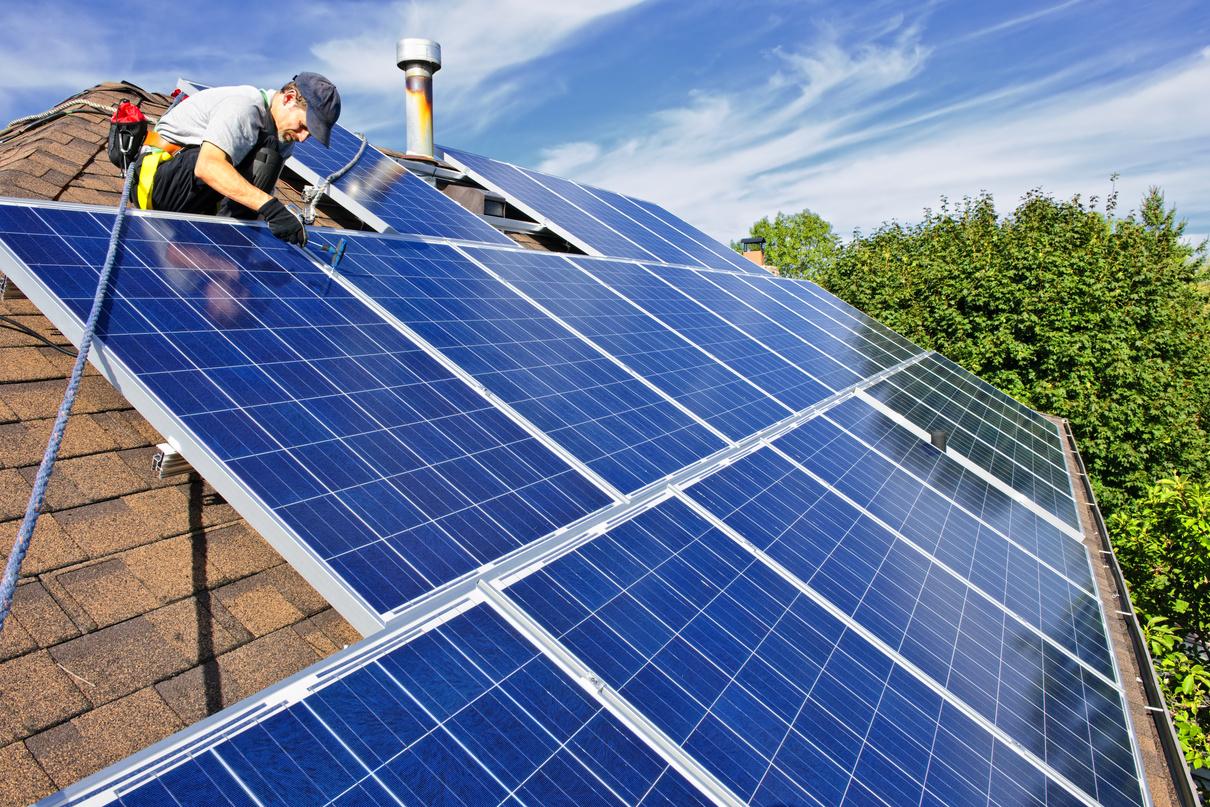
K
N O W L E D G E B Y T E S
MAR-APR Issue 2023 | Pg 27 MiddleEast
MARKET MARKET RESEARCH RESEARCH
Middle East Reaching Towards 13 GW of the Installed Solar PV Capacities
The Middle East region has made significant strides in adopting solar PV power as a major source of electricity generation According to recent reports, the installed capacity of solar energy in the region is touching 13 GW by the end of 2022 While the yearly solar PV installations in the calendar year 2022 achieved 3 2 GW
The United Arab Emirates (UAE) has emerged as a leader in the region with a total installed solar PV capacity of around 3 GW This has been made possible due to the country's ambitious renewable energy targets and its investments in large-scale solar PV projects like the Mohammed bin Rashid Al Maktoum Solar Park, which has a planned capacity of 5 GW by 2030
Saudi Arabia is also rapidly expanding its solar capacity and has set a target of installing 58 7 GW of solar power by 2030 The country has already commissioned several large-scale solar projects, including the 1 5 GW Sudair Solar PV project, and plans to launch several more in the coming years
MIDDLE EAST SOLAR PV INSTALLAED CAPACITIES (2011-2022)
Overall, the Middle East's adoption of solar energy is a positive development for the region's economy, environment, and energy security The region's solar capacity will likely continue to grow in the coming years as countries work towards achieving their renewable energy targets and reducing their carbon emissions
The Middle East's shift towards solar energy is driven by several factors, including declining costs of solar technology, concerns over climate change and air pollution, and a desire to reduce dependence on fossil fuels, which are finite resources
In addition to the UAE and Saudi Arabia, other countries in the region are also making significant investments in solar energy For example, Egypt has set a target of generating 42% of its electricity from renewable sources by 2035 and has launched several large-scale solar projects, including the 1 8 GW Benban Solar Park Jordan, which currently generates most of its electricity from imported fossil fuels, has set a target of generating 20% of its electricity from renewable sources by 2025 and is developing several large-scale solar projects
Israel, which has a highly developed solar industry, has set a target of generating 30% of its electricity from renewable sources by 2030 and has launched several large-scale solar projects, including the 121 MW Ashalim Solar Thermal Power Station
The Middle East's shift towards solar energy is also creating opportunities for international companies to invest in the region's renewable energy sector For example, China's State Power Investment Corporation (SPIC) is investing in several solar projects in the region, including the 2 GW Al Dhafra Solar PV project in the UAE
One challenge facing the region's solar industry is the need to develop a reliable grid infrastructure that can support large-scale solar projects To address this issue, some countries in the region are investing in energy storage technologies, such as batteries, to store excess solar energy for use during times when the sun is not shining
Other countries in the region, including Egypt, Jordan, and Israel, are also investing in solar energy and have set targets for increasing their solar power capacity shortly This is driven by the need to reduce their dependence on fossil fuels and to meet growing energy demand

The Middle East's shift towards solar energy is also creating opportunities for businesses in the region, particularly in the areas of project development engineering procurement and construction (EPC) and operations and maintenance (O&M) services
Overall, the Middle East's adoption of solar energy is an important development for the region's energy sector and has the potential to create economic, social, and environmental benefits

MIDDLE EAST RESEARCH
Cumulative 2011 2012 2013 2014 2015 2016 2017 2018 2019 2020 2021 2022 15,000 10,000 5,000 0
C u m u l a t i v e M W s
MAR-APR Issue 2023 | Pg 28 MiddleEast
SOURCE:IRENA SOLARQUARTERRESEARCH
Use Of DG For Electricity Generation In The Middle East Is Eliminated Or Reduced THANKS TO SOLAR PV SYSTEMS
The Middle East is one of the world's top producers of oil and gas, and as a result, the region has relied largely on fossil fuels for energy generation Solar power has, however, become a competitive alternative to diesel generators for the region's electricity generation due to growing worries about climate change and the need to move towards a more sustainable future This article will examine the reduction in carbon emissions that comes from the Middle East's switch to solar energy from diesel generators
Let's start by examining the carbon emissions caused by diesel generators In the Middle East, diesel generators are frequently utilized to provide electricity to rural communities lacking grid connectivity. The International Energy Agency (IEA) states that the size, age, and fuel type of diesel generators all affect their carbon emissions in different ways. However, the average amount of CO2 released by diesel generators for every kWh of power produced is 2.68 kg.
Solar energy, on the other hand, doesn't directly emit any carbon during operation. Although the manufacturing and shipping of solar panels and other equipment results in some carbon emissions these emissions are often negligible and are usually compensated within a few years of the solar system's operation.
How much carbon emissions can be reduced in the Middle East by switching to solar electricity from diesel generators? Let's take an example to help us respond to this query Let's say a remote Middle Eastern community relies on a diesel generator to generate electricity at the moment, using about 100,000 kWh of electricity annually The village's electricity needs might be satisfied by a 20-kW solar system if it decided to transition to solar power
The IEA estimates that a 20-kW diesel generator would emit about 53 6 metric tonnes of carbon dioxide annually, but a 20-kW solar system would emit nothing while it is operating

Therefore, the community would reduce its annual carbon emissions by about 53 6 metric tonnes by switching from a diesel generator to solar electricity This is equivalent to using about 25,200 liters of diesel fuel annually in terms of carbon emissions Solar power offers numerous environmental advantages, but it can also be significantly less expensive in the long run than diesel generators because it doesn't need to be maintained as often
It is important to keep in mind that the number of carbon emissions reduced by switching to solar power instead of diesel generators will depend on a variety of elements, including the size of the solar system, the location, the level of electricity demand, and the age and efficiency of the diesel generator However, harnessing solar energy can often result in large reductions in carbon emissions
For instance, the government of Saudi Arabia, the largest oil exporter in the world, has established a goal to produce 50% of the nation's electricity from renewable sources by 2030 This goal includes solar energy
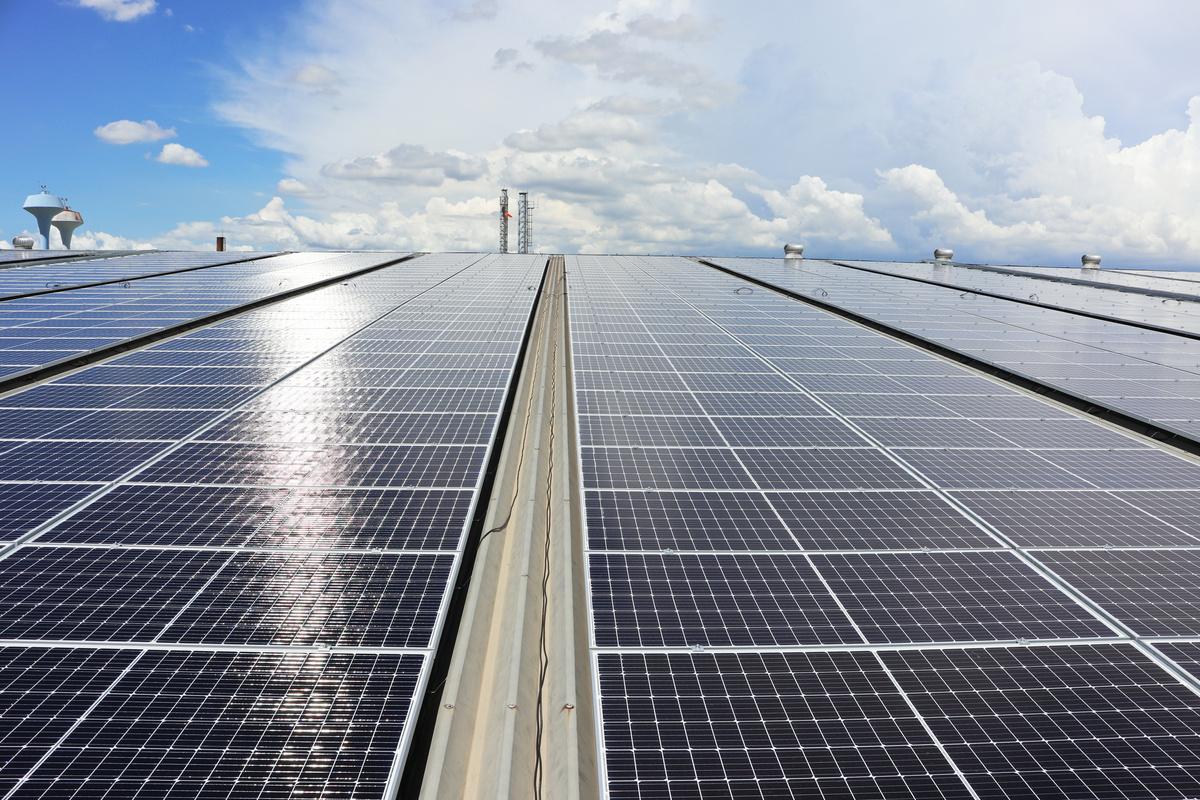
The Saudi Arabian Oil Company (Saudi Aramco) estimates that switching the nation's diesel generators over to solar power may reduce carbon emissions by up to 22 million metric tonnes annually
Similar goals have been established by the government of the United Arab Emirates (UAE), which plans to generate 44% of the nation's electricity from renewable sources by 2050, including solar energy The UAE Ministry of Energy and Infrastructure estimates that the nation's renewable energy initiatives could cut carbon emissions by as much as 29 million metric tonnes annually
Solar energy can reduce air pollution and water use, in addition to lowering carbon emissions, which is only one of its many environmental advantages Nitrogen oxides, sulphur dioxide, and other pollutants that are emitted by diesel generators, among others, can have serious negative health effects on nearby communities Contrarily, since solar power doesn't emit any air pollutants, it can help to enhance air quality and lower the risk of cardiovascular and respiratory ailments
Additionally, diesel generators need a lot of water to cool, which can be difficult in arid areas like the Middle East In contrast, solar energy doesn't need water to function, making it a more environmentally responsible and sustainable choice for generating electricity in areas with limited water resources Overall, solar energy is more advantageous from an economic and environmental standpoint than diesel generators for generating electricity in the Middle East We will likely witness a sizable shift towards solar power in the area as its cost continues to drop and its efficiency keeps rising, helping to create a more sustainable and clean energy system
In conclusion, solar energy presents a viable and sustainable substitute for diesel generators for the production of electricity in the Middle East Solar power is becoming a more appealing choice for both distant and urban regions in the area because it lowers carbon emissions and offers cost savings With the Middle East's increasing adoption of solar energy, it is probable that in the years to come, carbon emissions will be significantly reduced and the world will move towards a more sustainable energy system
K N O W L E D G E B Y T E S
MAR-APR Issue 2023 | Pg 29 MiddleEast



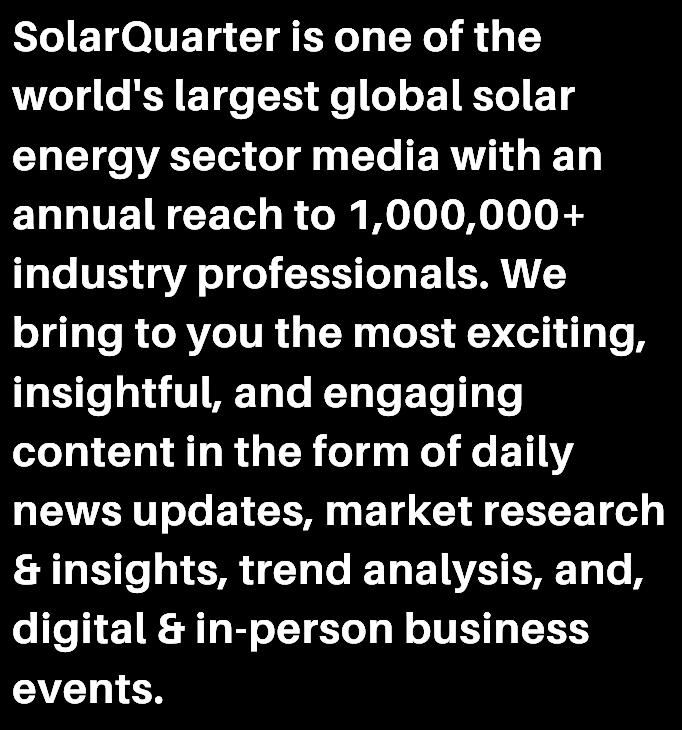

AD BOOKINGS ARE OPEN! KEYPUBLISHINGSTATISTICS: PRINT & EMAGAZINE READERSHIP 75,000+ UNIQUE WEBSITE ANNUAL READERS 120,000+ LINKEDIN FOLLOWERS 50,000+ Customizable Product Layout Well Researched Editorial Content Ensures best delivery of the marketing needs Why Choose Us? E-NEWSLETTER SUBSCRIBERS 100,000+ Book your Space now! GET IN TOUCH +91 77188 77514 Smriti Charan smriti@firstviewgroup.com Sangeeta Sridhar sangeeta@firstviewgroup.com +91-9372788472 Media Partnership Opportunities : Sanjana Kamble | +91 77188 38391 | Sanjana@firstviewgroup.com MIDDLEEAST


























































































